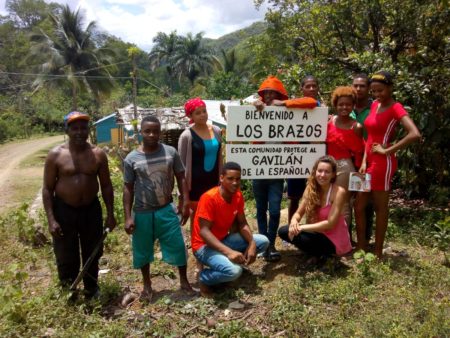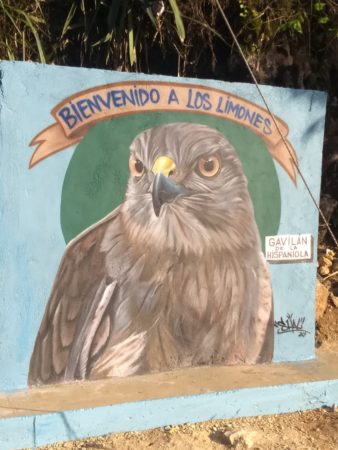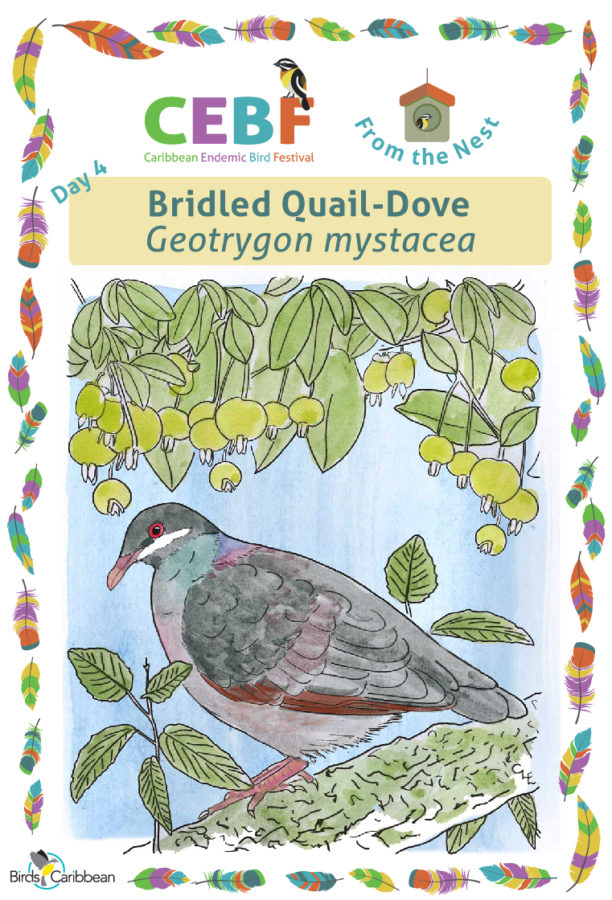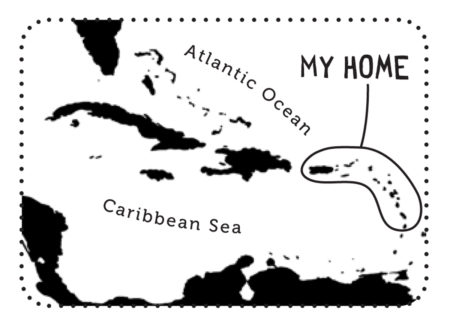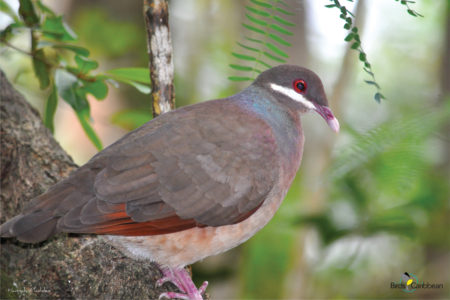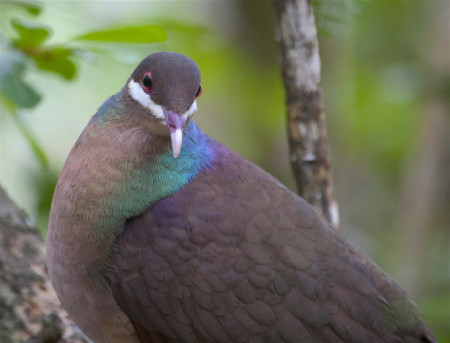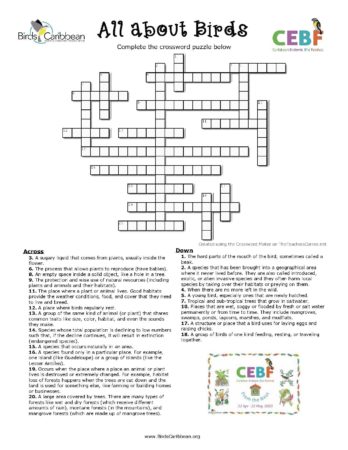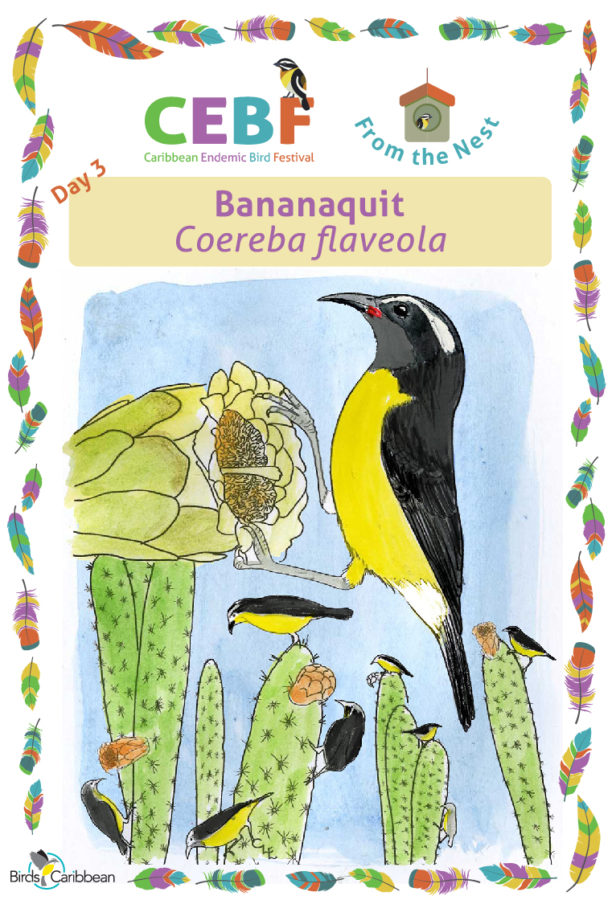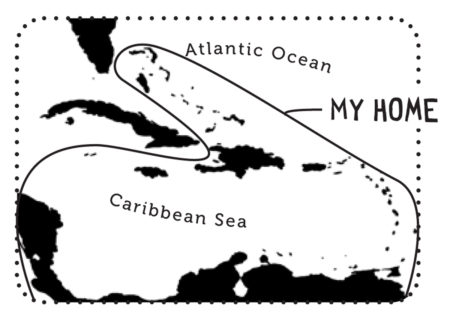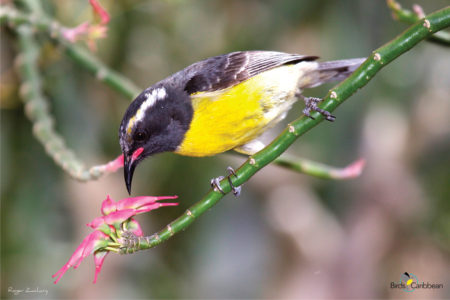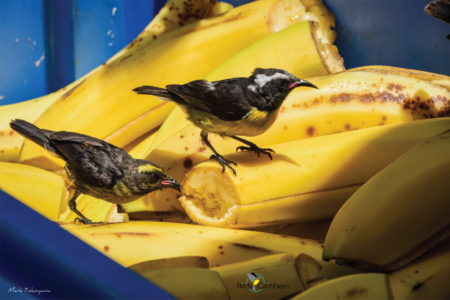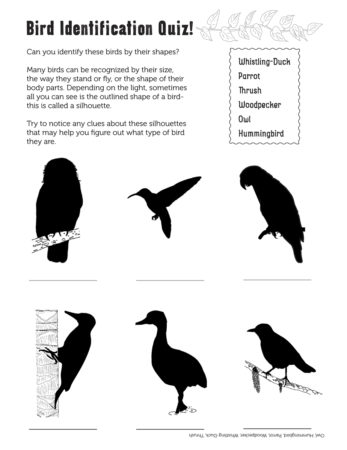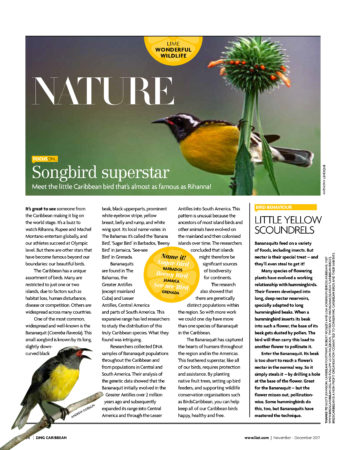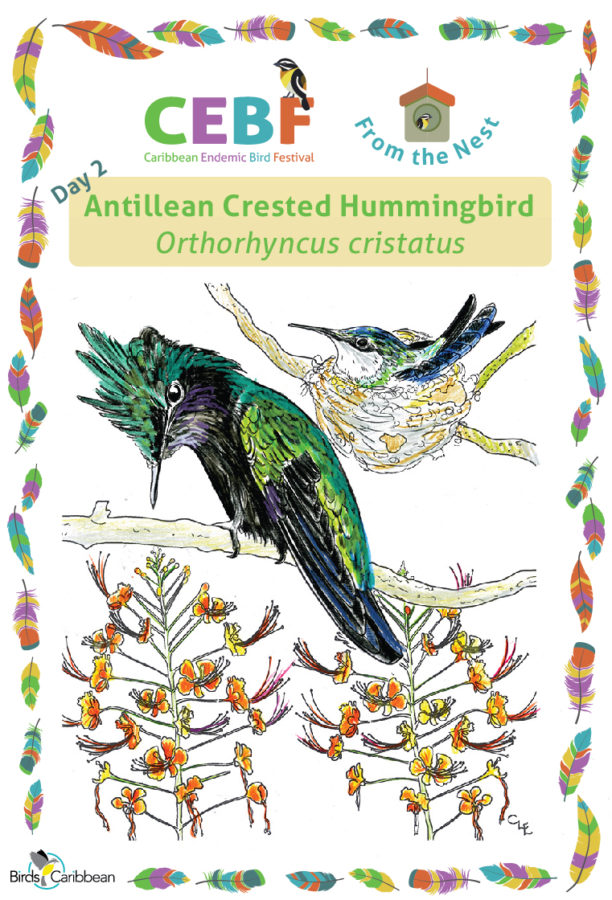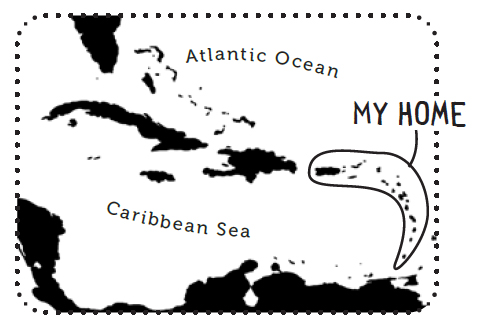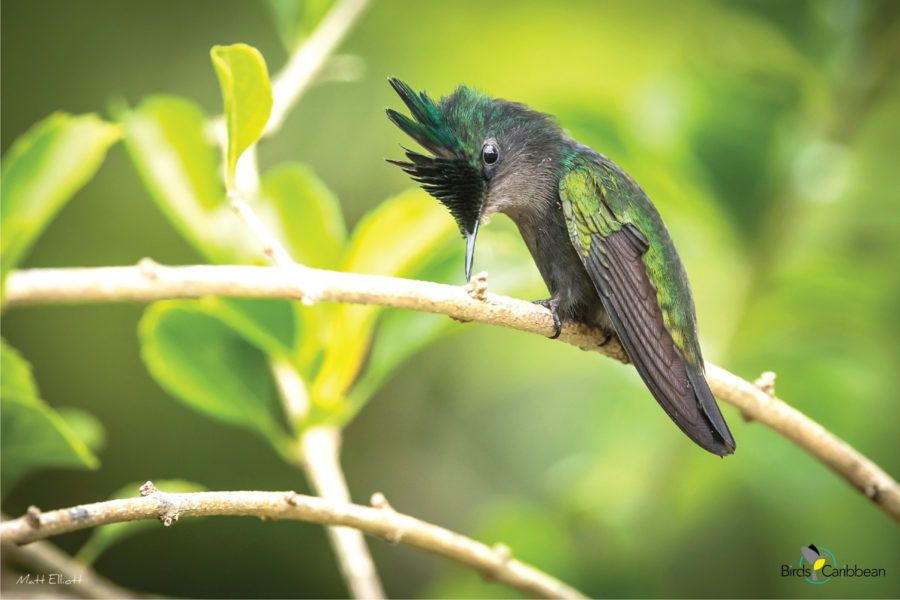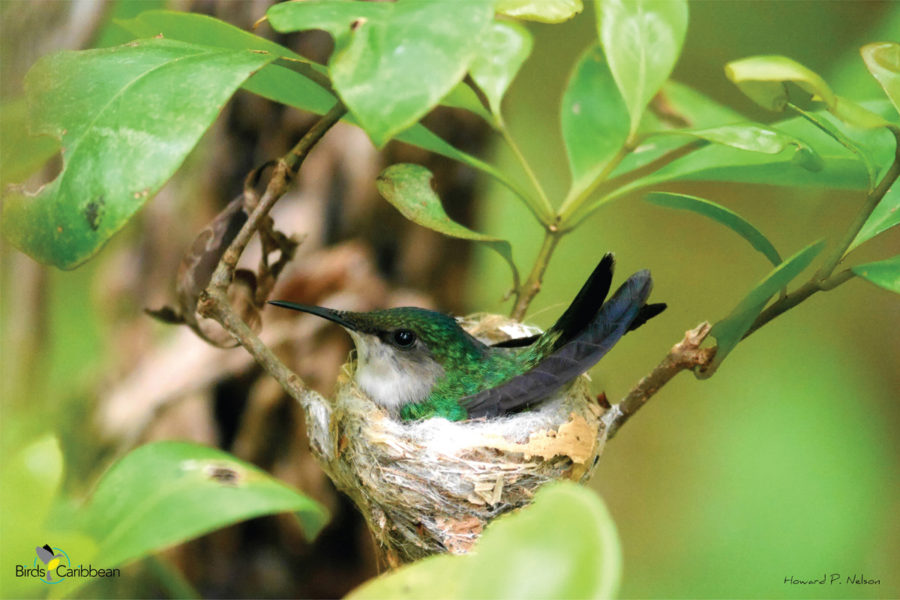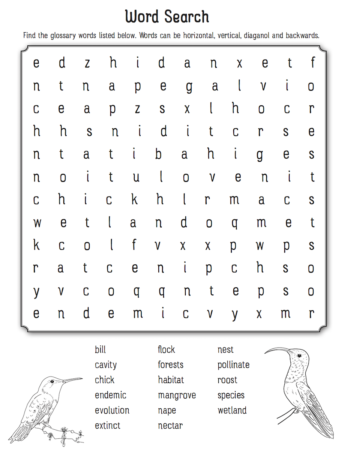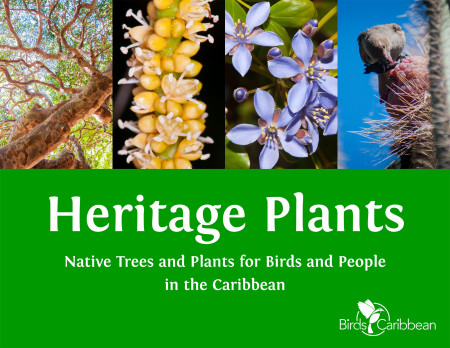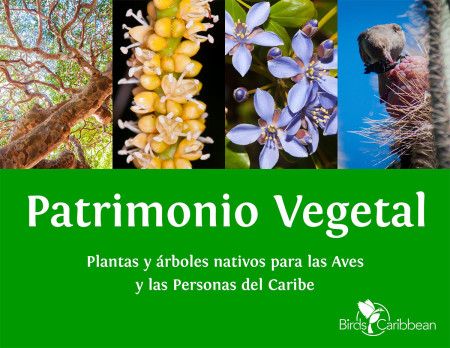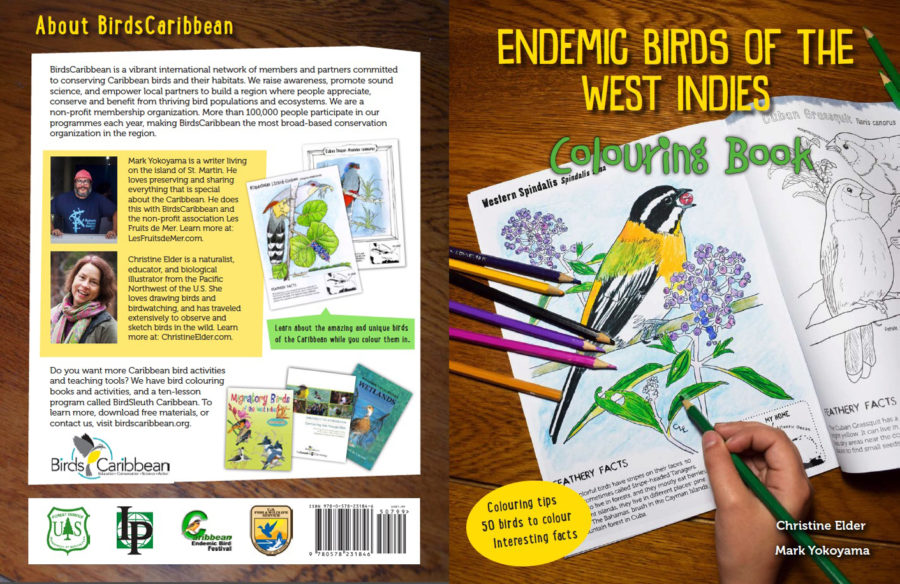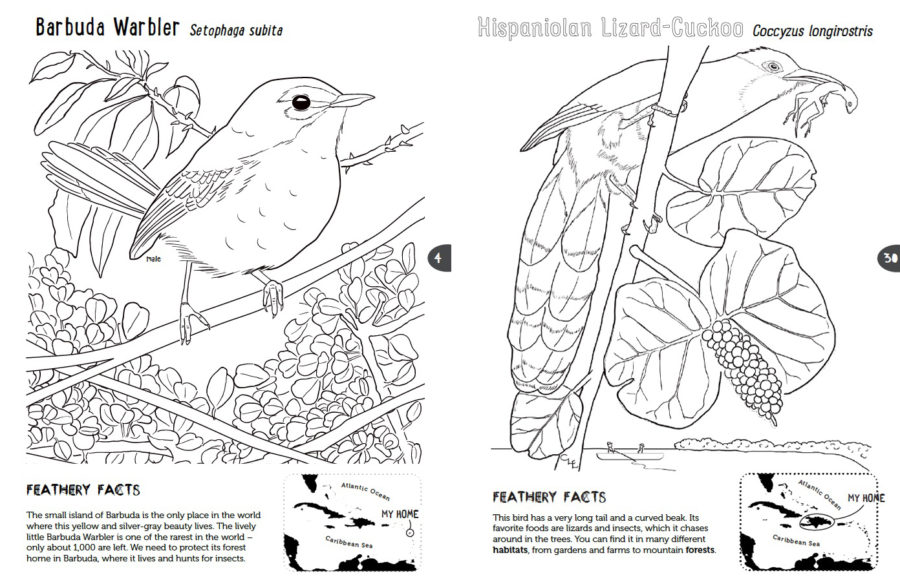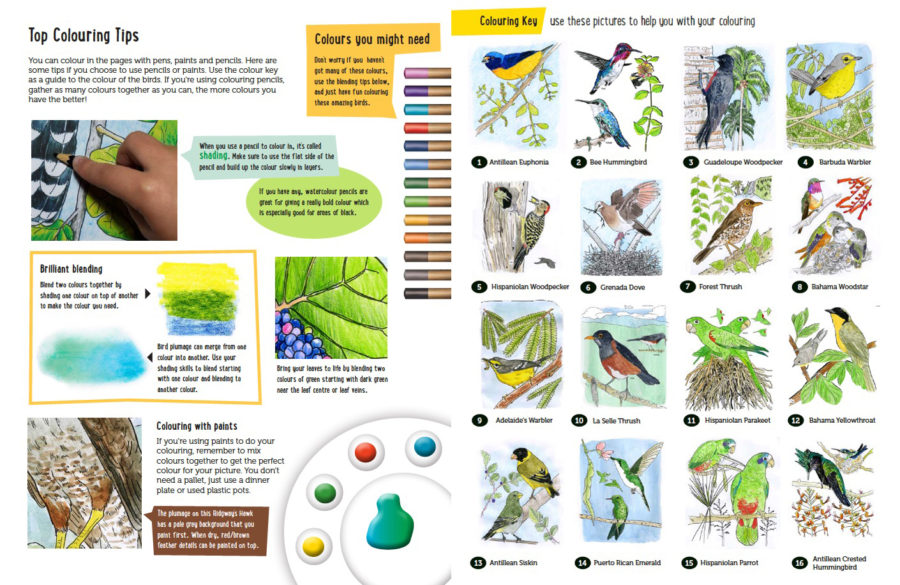Celebrate the Caribbean Endemic Bird Festival (CEBF) with us in our virtual “From the Nest” edition! Have fun learning about a new endemic bird every day. We have colouring pages, puzzles, activities, and more. Download for free and enjoy nature with your family at home.
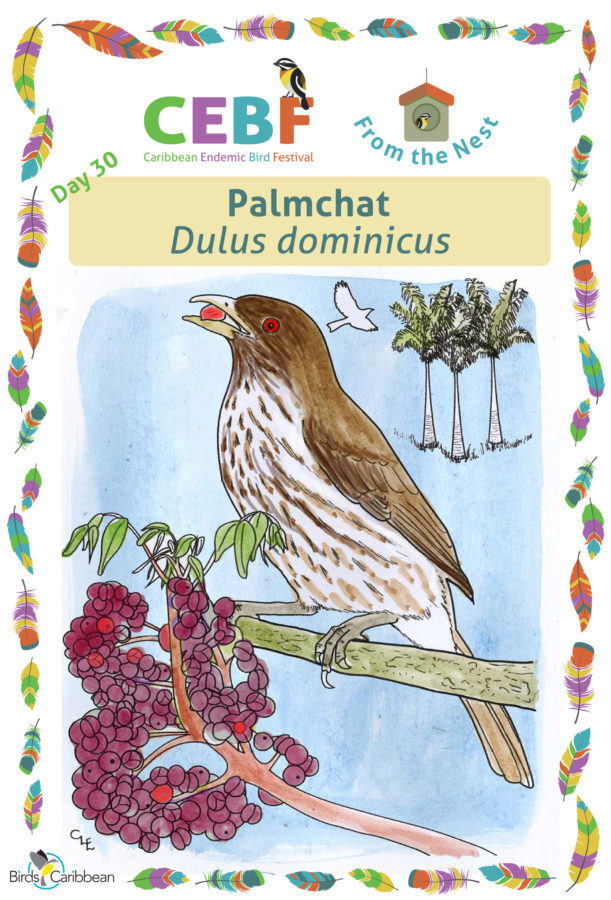
Endemic Bird of the Day: Palmchat
The Palmchat is endemic to and widespread on the island of Hispaniola (Cigua Palmera in the Dominican Republic and Oiseau Palmiste in Haiti). It is a noisy and conspicuous bird, easily seen in flocks in treetops throughout the island. The Palmchat is a very special bird because it is the only member of its family (Dulidae) and genus. Owing to its unique taxonomic status, the Palmchat is the National Bird of the Dominican Republic.
Palmchats are chunky birds, approximately 8 inches in size, dark brown above with an olive green wash on the wings. The belly is cream-colored with heavy brown streaking.You wouldn’t guess from their rather drab appearance that they are the social butterflies of the bird world. They live in societies with up to 50 or more members, all sharing communal roosting and nesting space atop palm trees in large stick-mounds. The communal nest is divided up into multiple nesting chambers, each pair has its own chamber. Nesting mainly occurs in the spring and summer months, but Palmchats industriously maintain the nest and supply new sticks throughout the year as they continue to use it for roosting and socializing.
While the Palmchat is considered a songbird, it does not so much sing as it does chatter and chirp with members of its community or flock. They have a broad vocabulary of sounds including different types of alarm calls that tell their neighbors whether to focus on a threat on the ground or in the air. They even imitate the calls of hawks and kestrels. Palmchats are also some of the most important seed dispersers in habitats where they live—they move often through open landscapes and help forests regenerate. Learn more about this species, including its range, photos, and calls here.
Colour in the Palmchat!
Download the page from Endemic Birds of the West Indies Colouring Book. Use the drawing above or photo below as your guide, or you can look up pictures of the bird online or in a bird field guide if you have one. Share your coloured-in page with us by posting it online and tagging us @BirdsCaribbean #CEBFfromthenest
Listen to the call of the Palmchat
The Palmchat’s call is a noisy array of strange call notes, especially when around the nest.
Puzzle of the Day
Click on the image below to do the puzzle. You can make the puzzle as easy or as hard as you like – for example, 6, 8, or 12 pieces for young children, all the way up to 1,024 pieces for those that are up for a challenge!
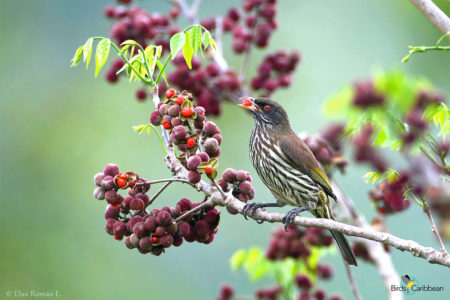
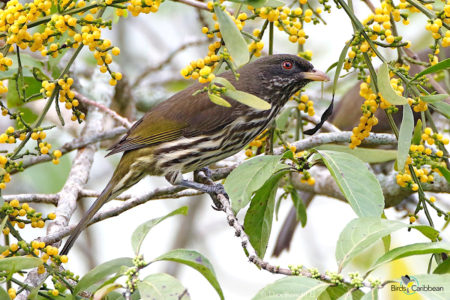
Activity of the Day
FOR KIDS & ADULTS: Play Bird Bingo in your backyard! Look out for hazards and predators and keep your eyes peeled for food and nest materials. Parents – help your kids enjoy and learn about nature in your own backyard and neighborhood. Print the Bird Bingo game cards and play with the whole family!
Learn more about the important role that birds like the Palmchat play in reforesting the forest in these fascinating articles by ornithologist Spencer Shubert:
Birdy Hear, Birdy Do: Does Playback Attract Seed Dispersers to Restoration Sites?
Forest Restoration in the Dominican Republic: How I Got the Birds to Work for Me
Check out the cool video of a Palmchat feeding on the flowers of a Century Plant or Agave plant.

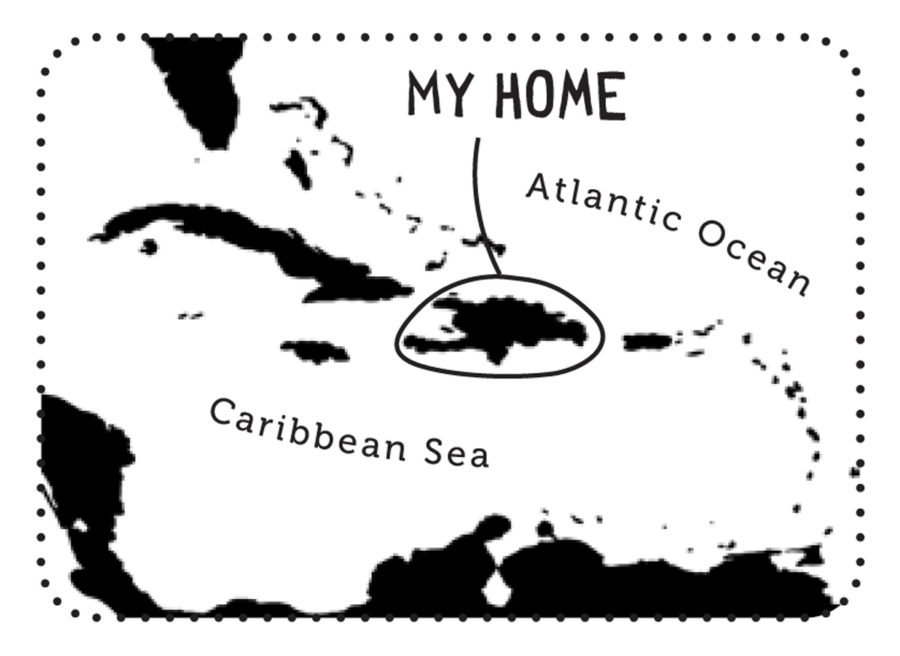
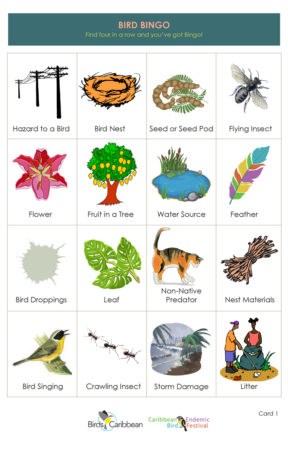
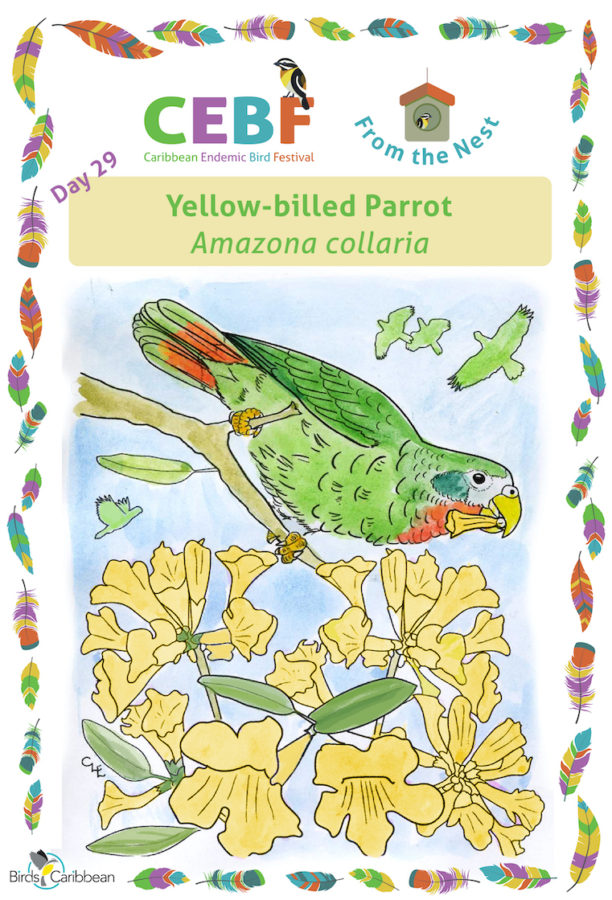
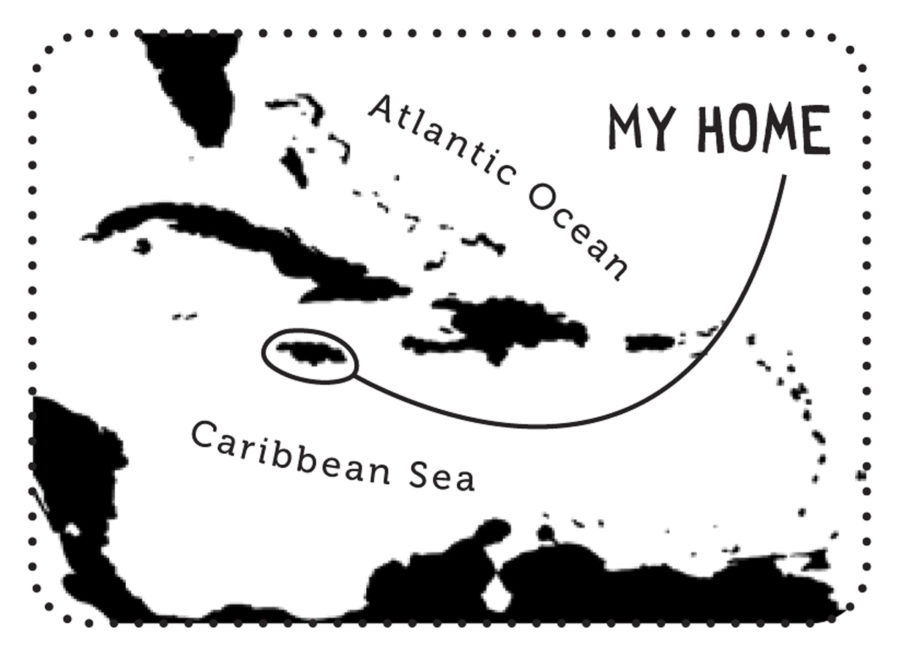
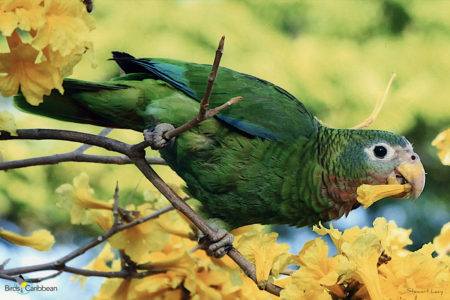
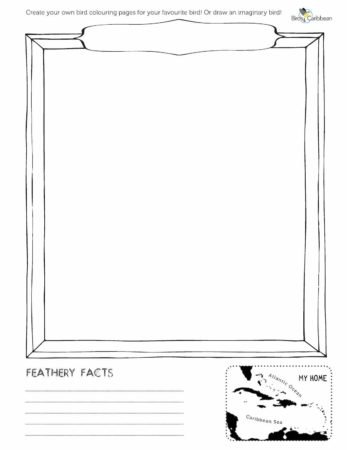

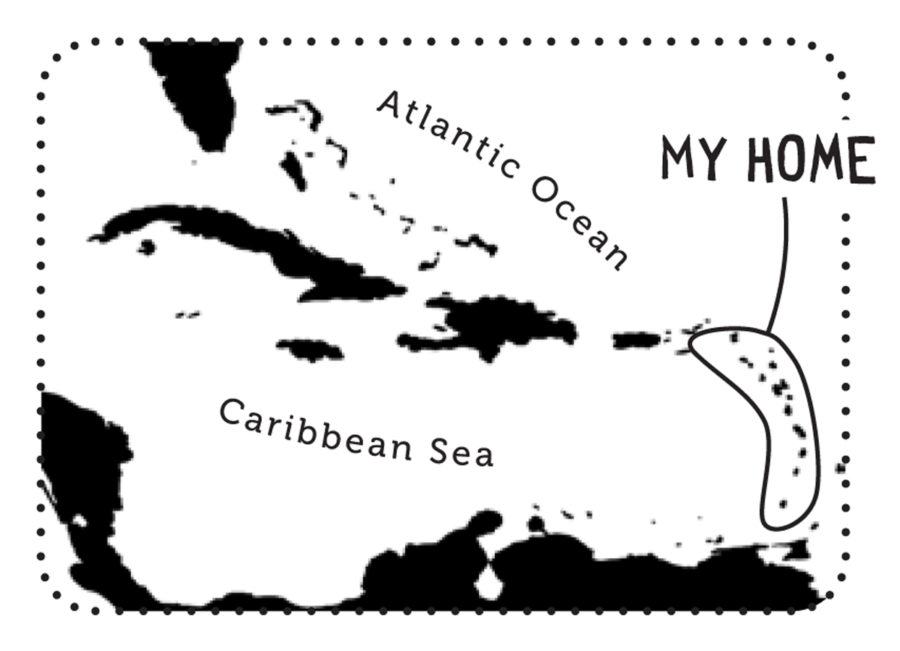
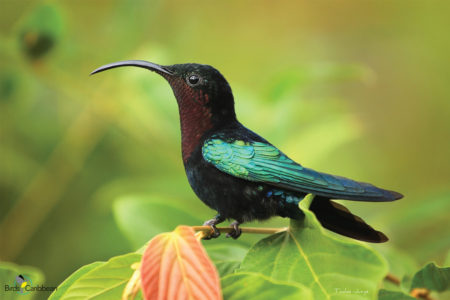
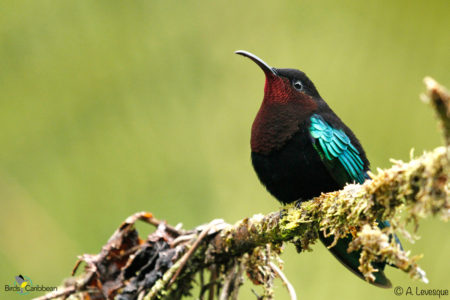
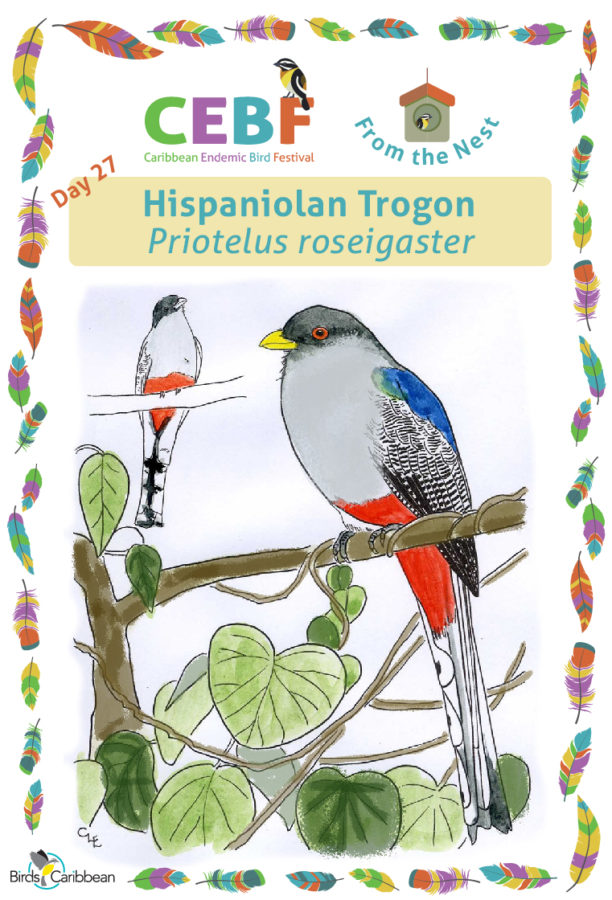
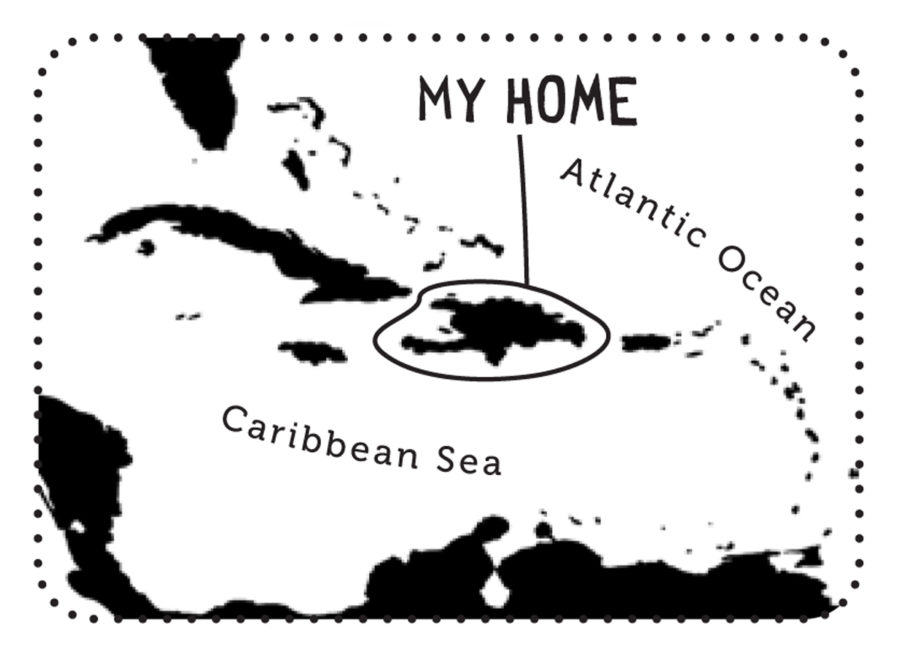
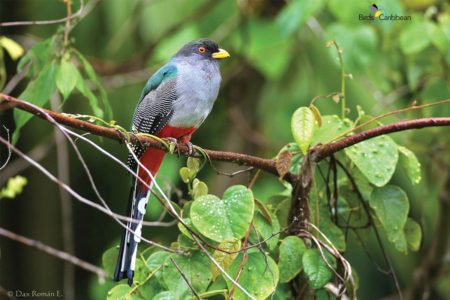
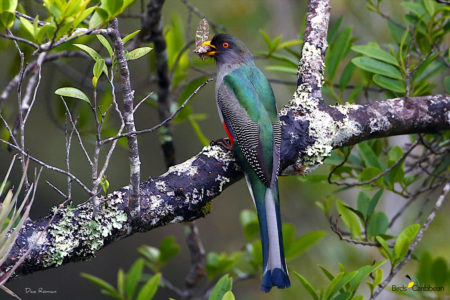
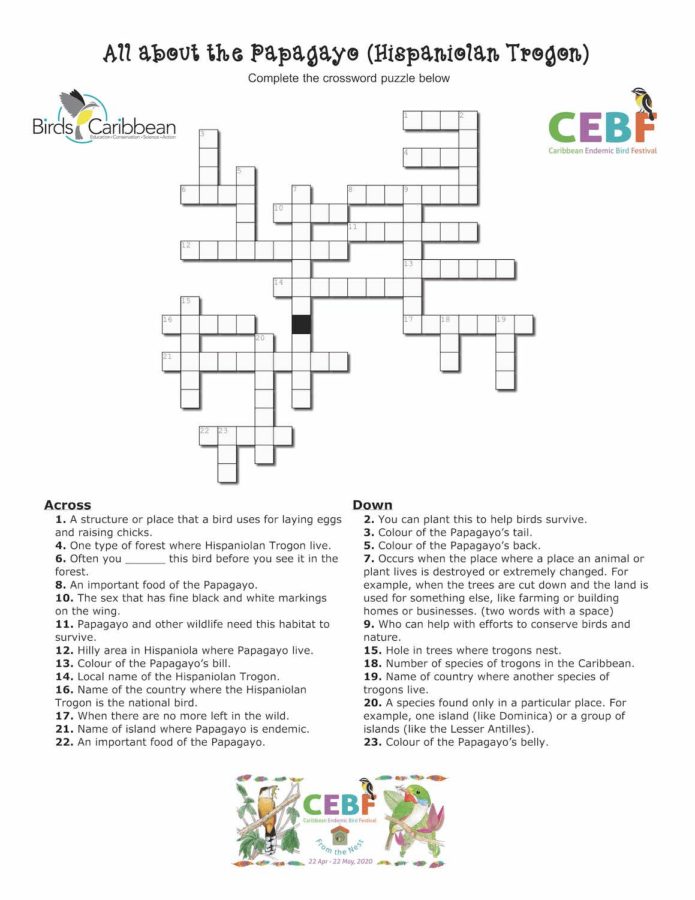
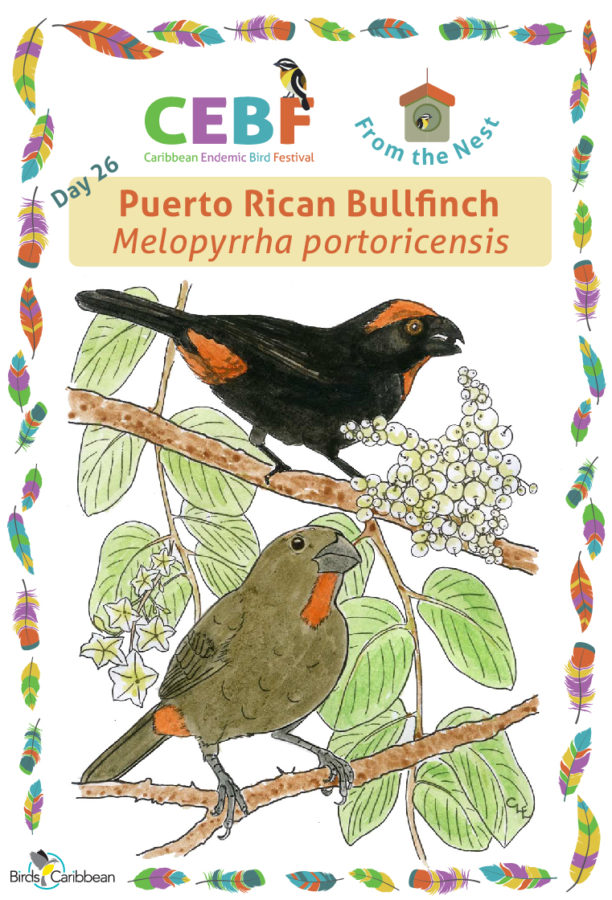
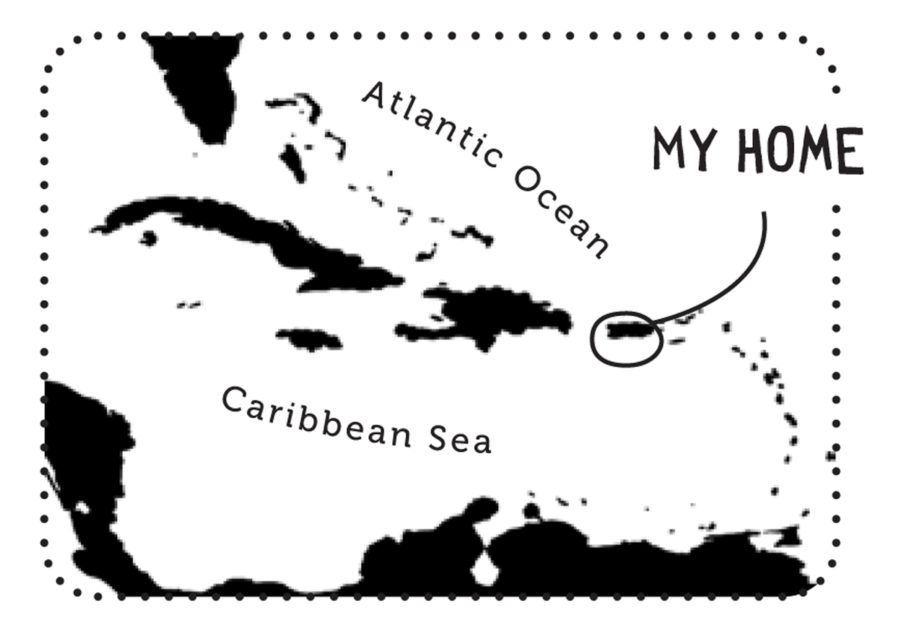
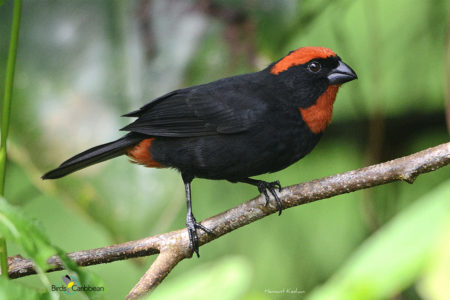
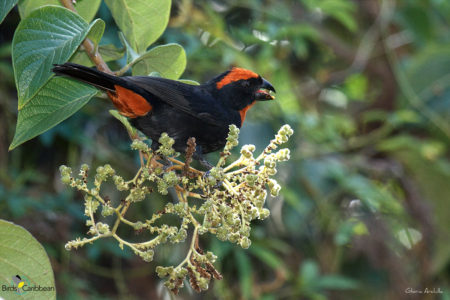
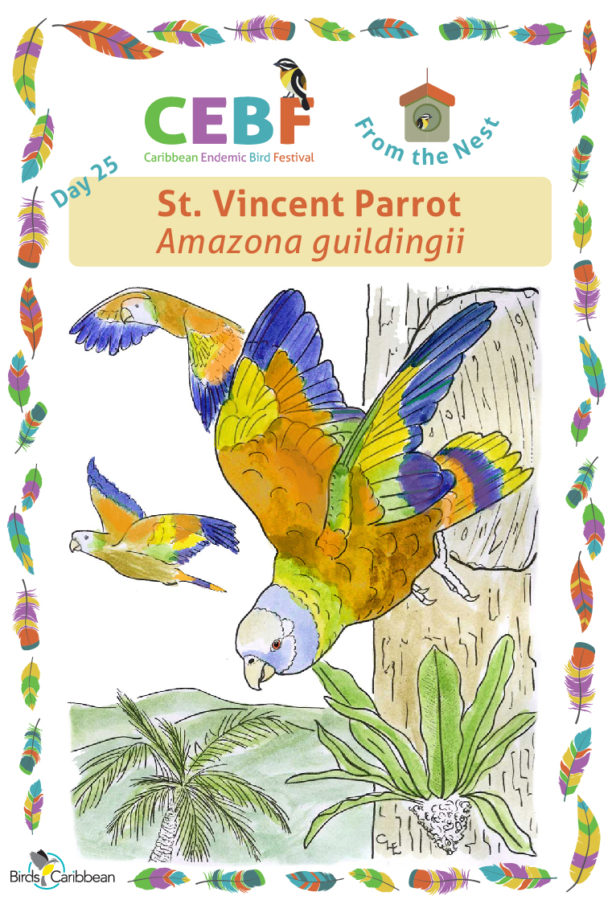
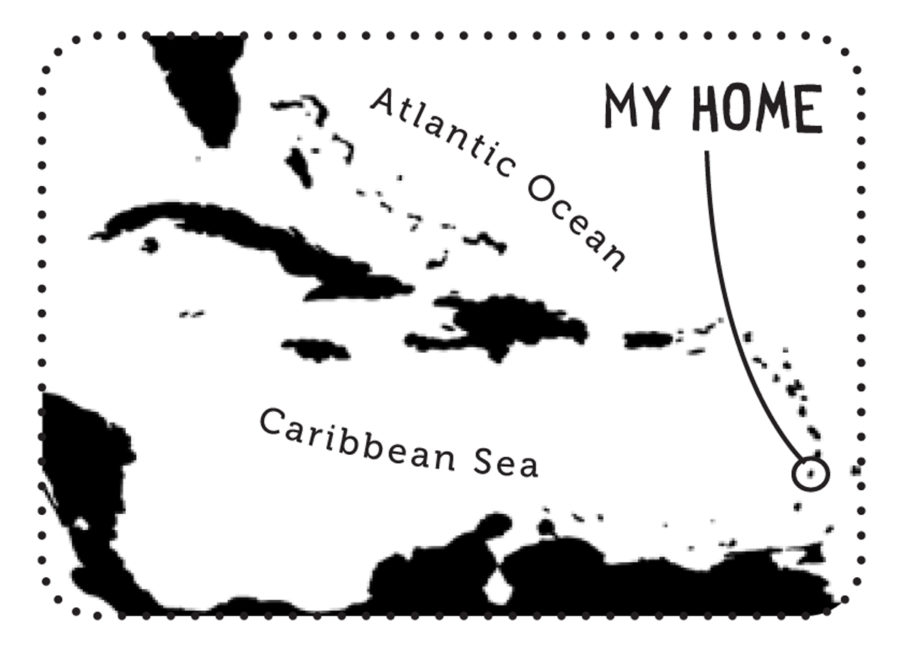
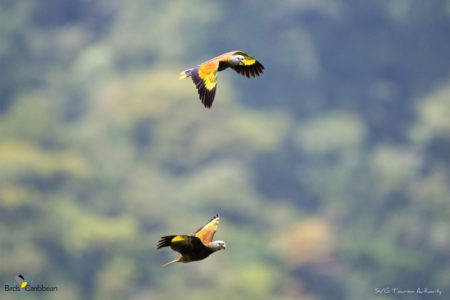
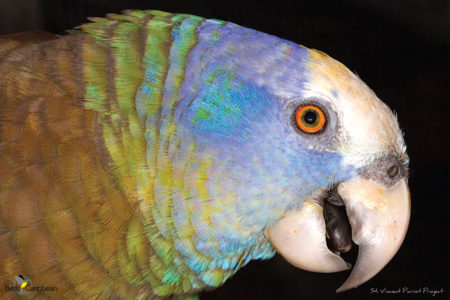
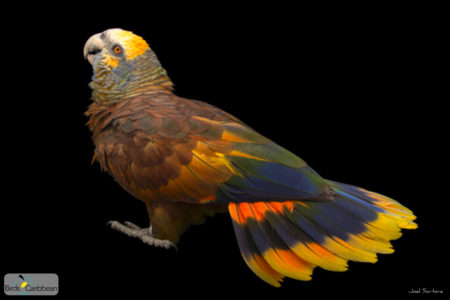
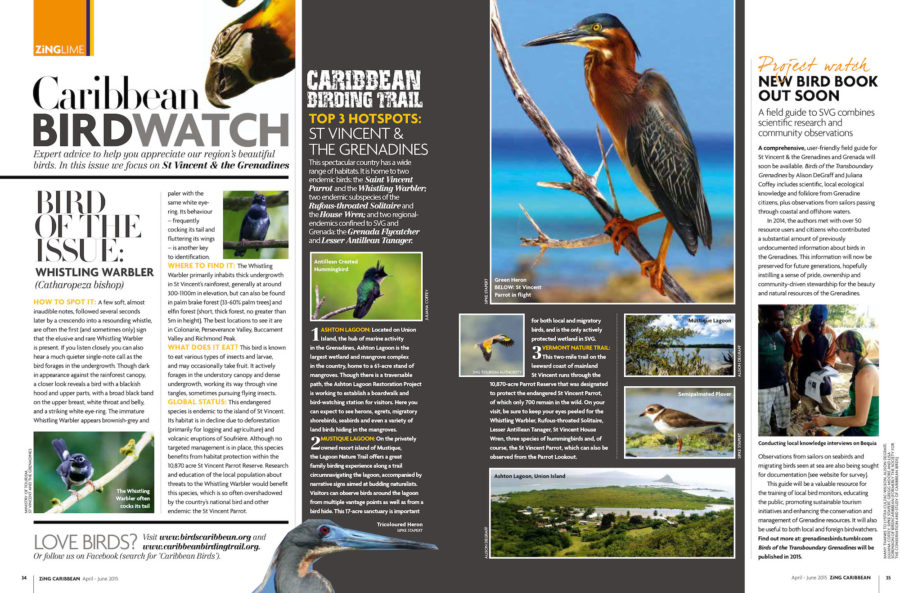
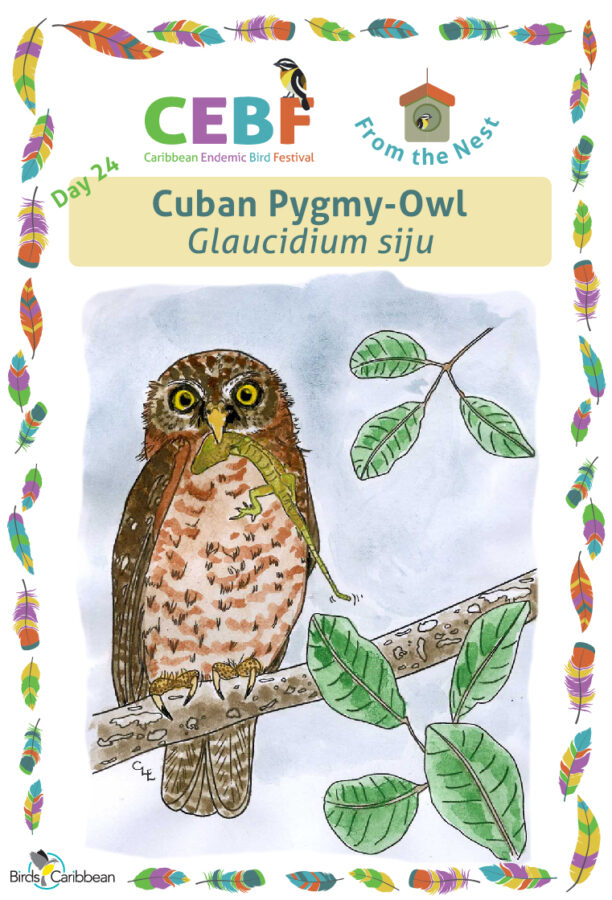
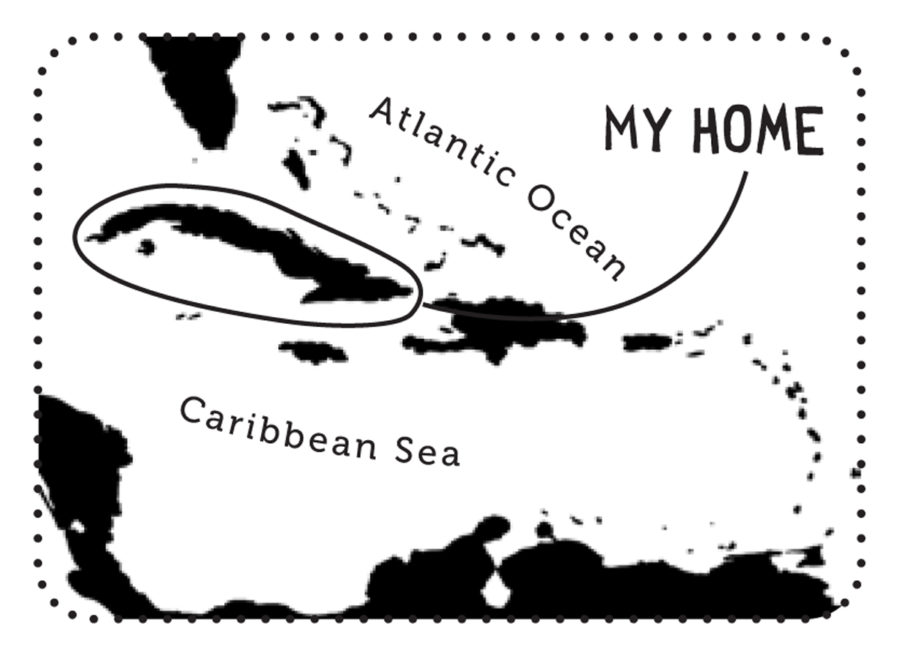
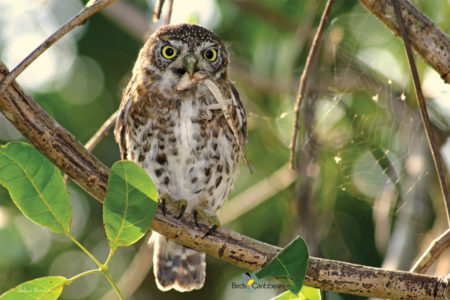
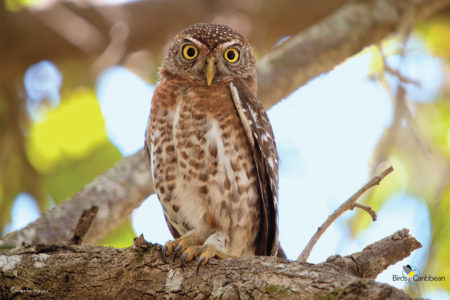
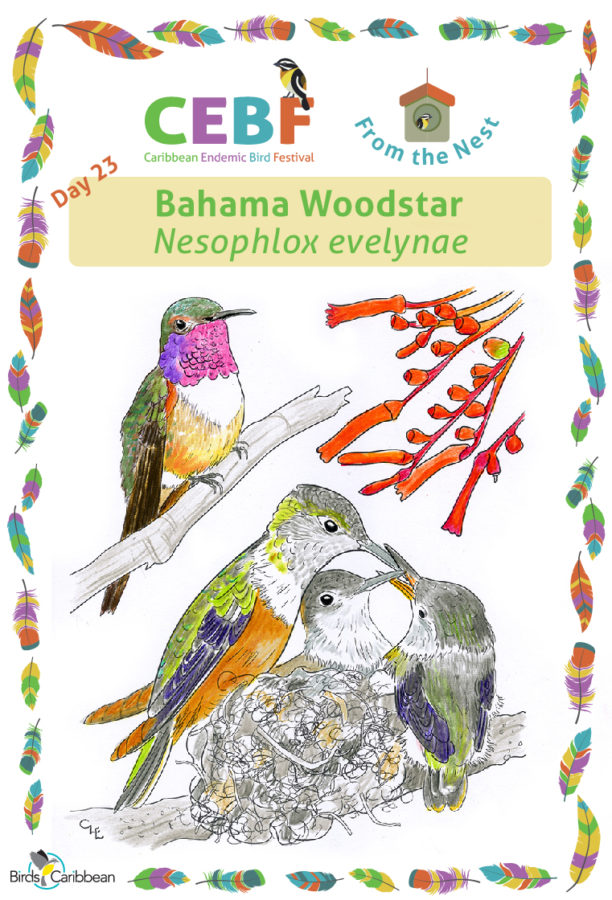
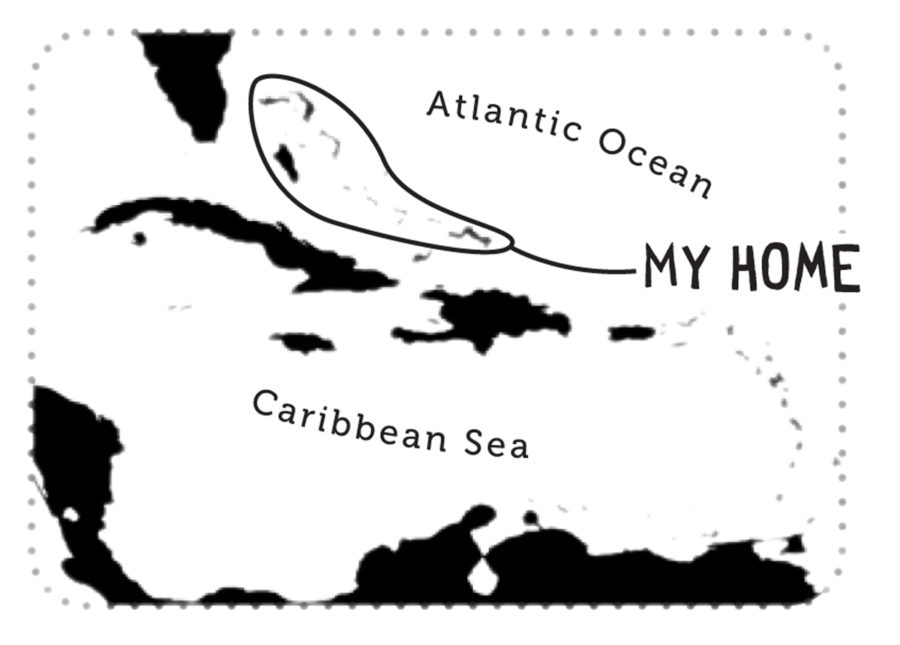
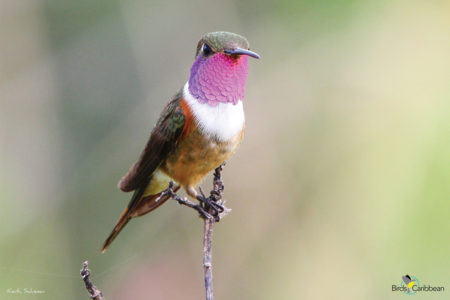
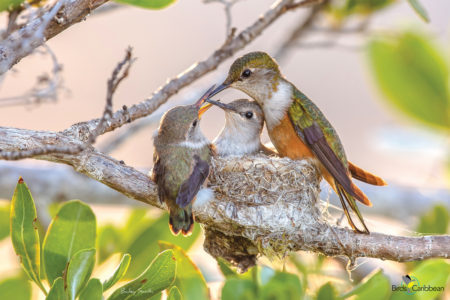
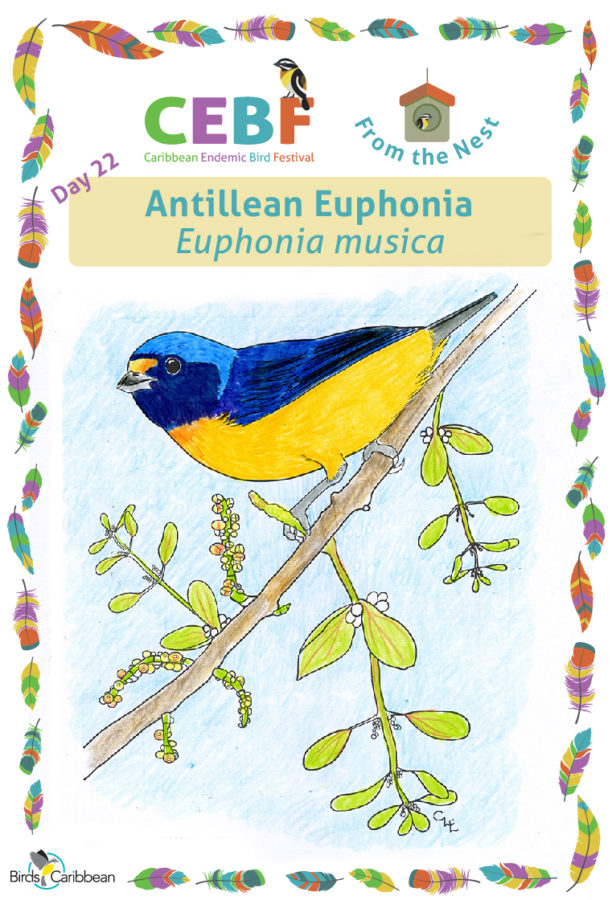
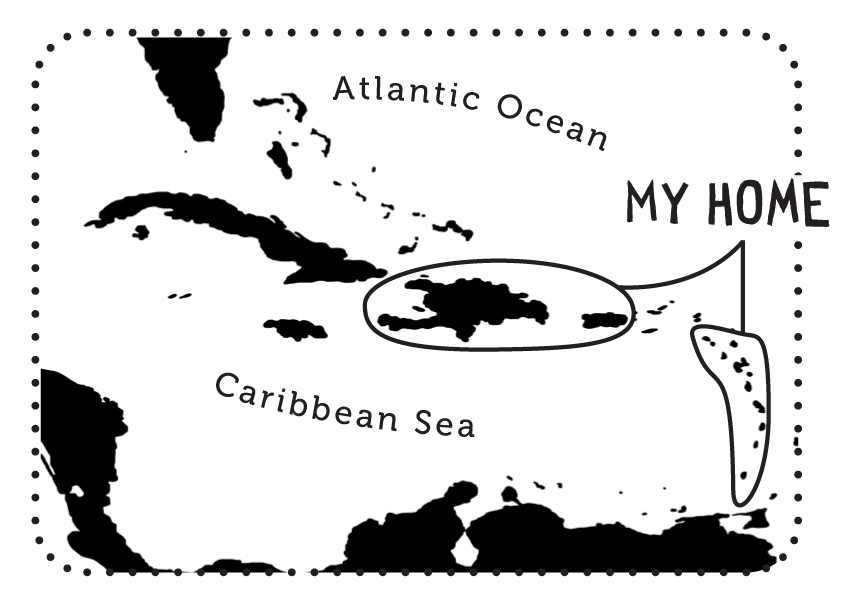
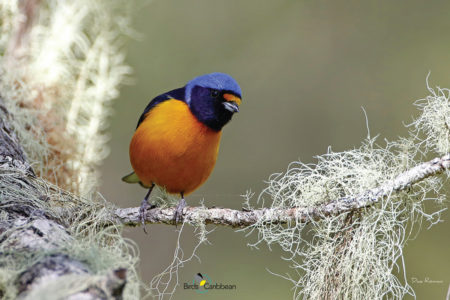
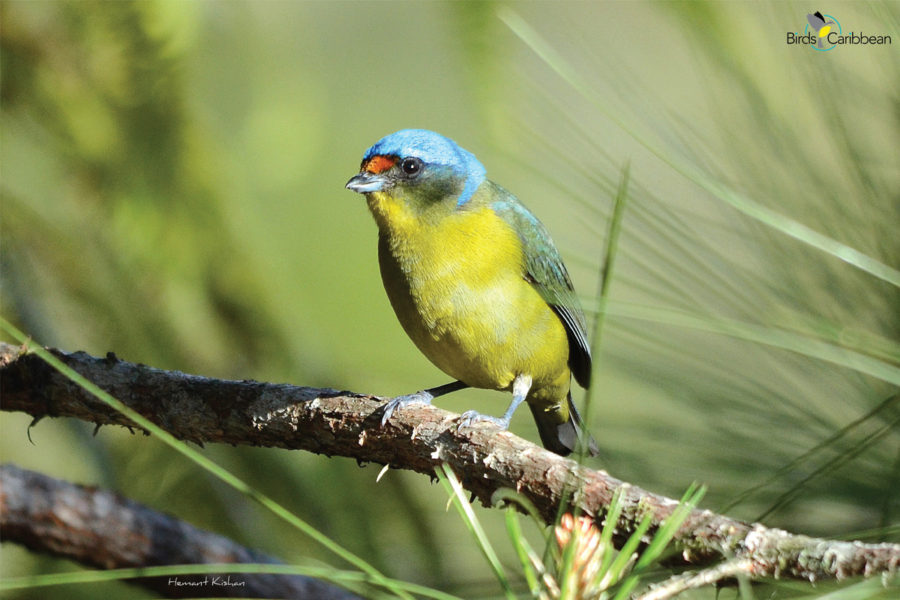
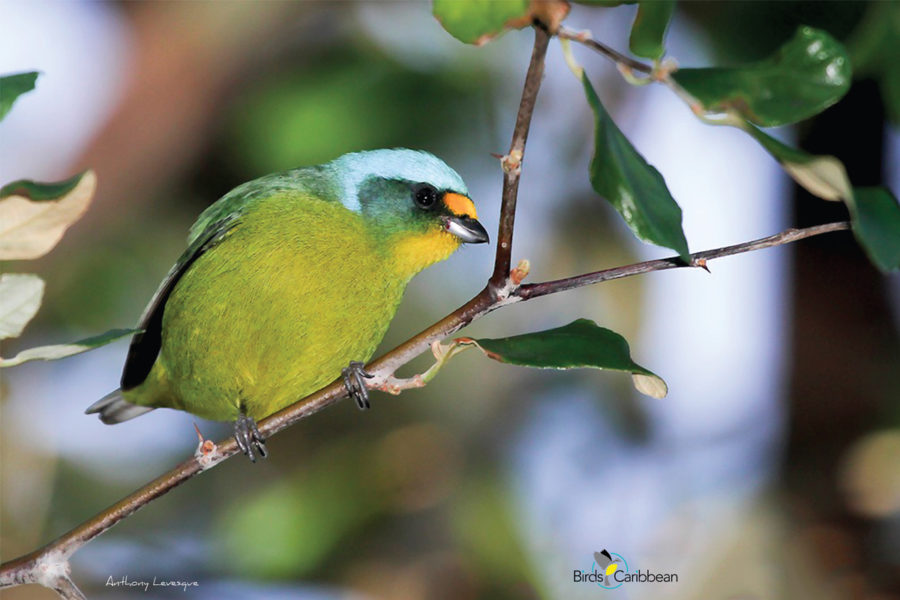
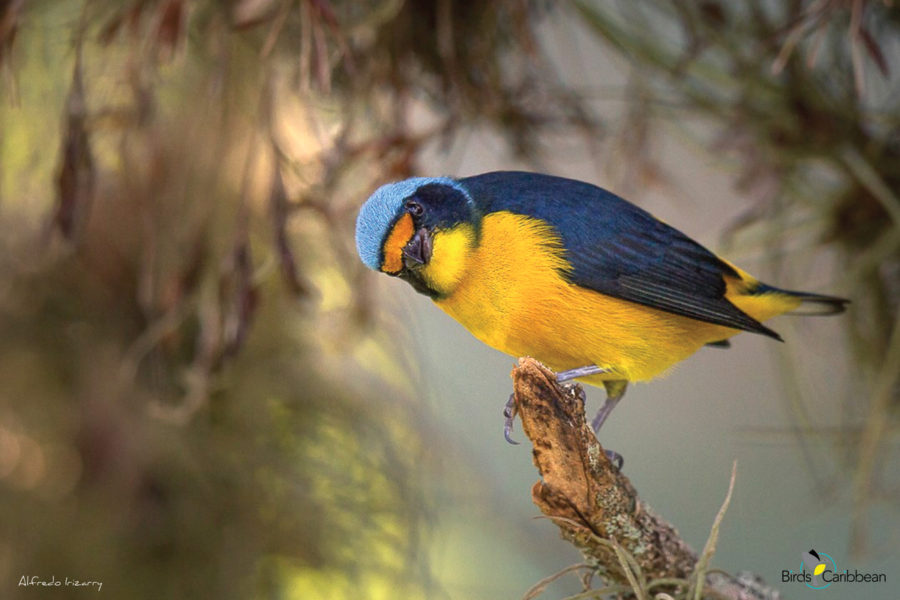
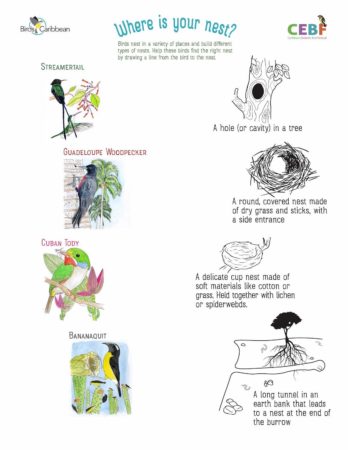
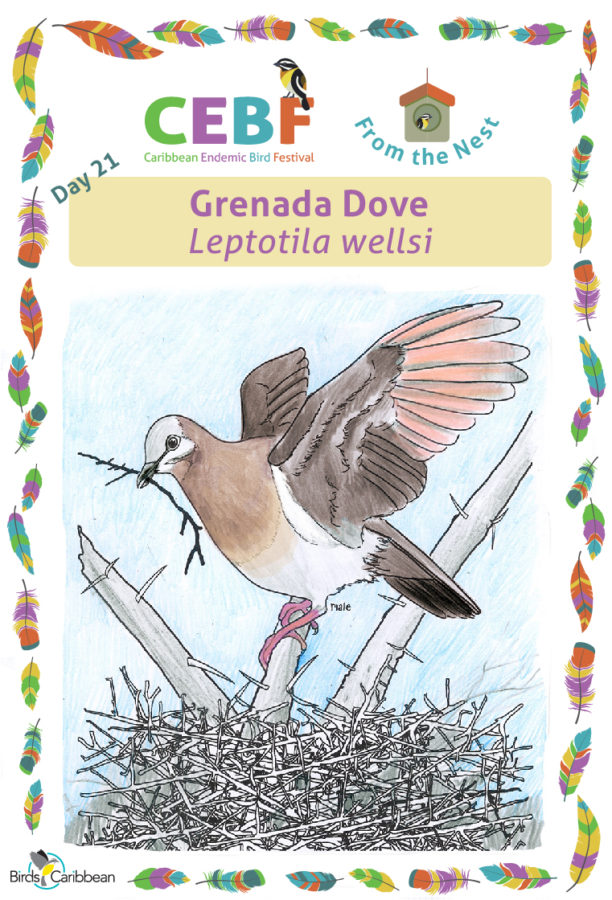
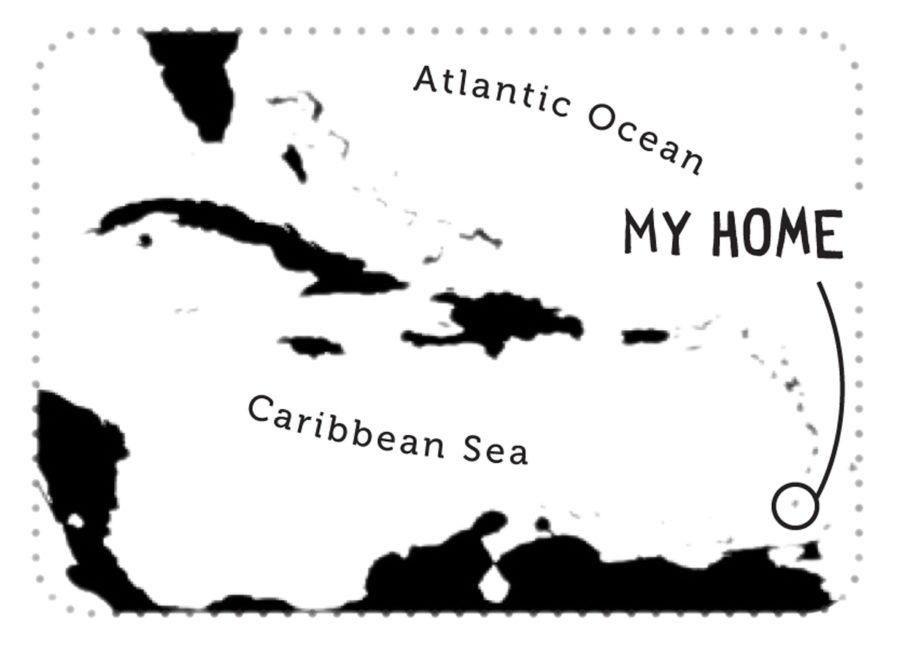
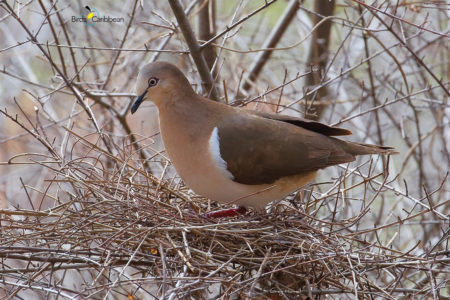
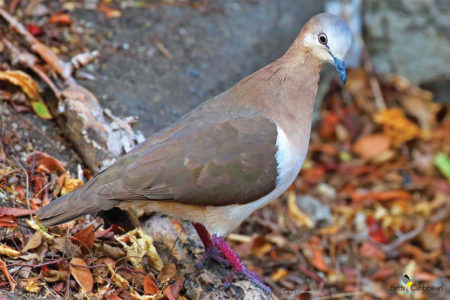
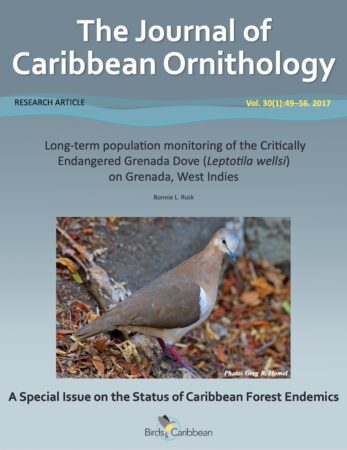
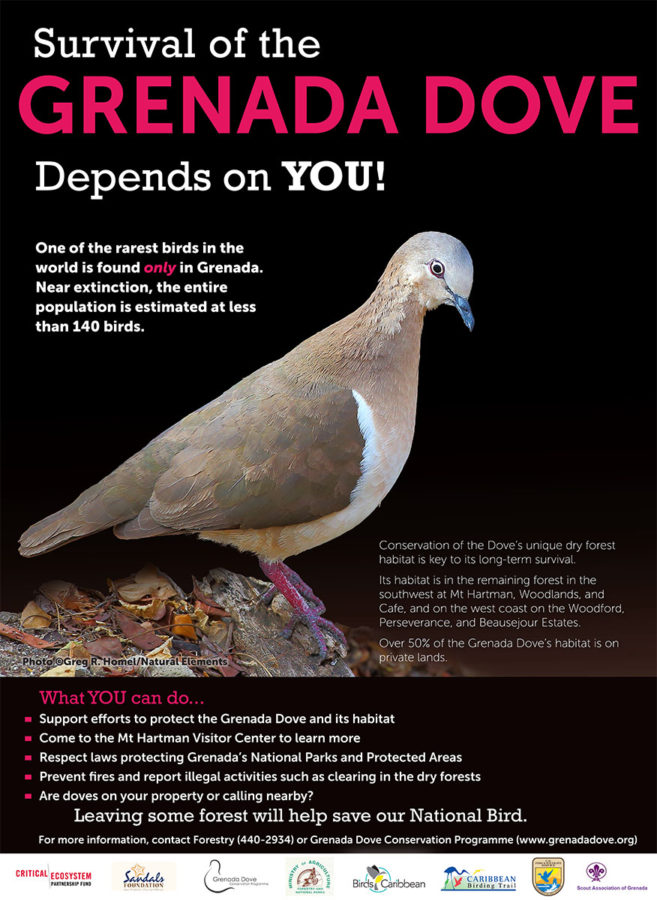
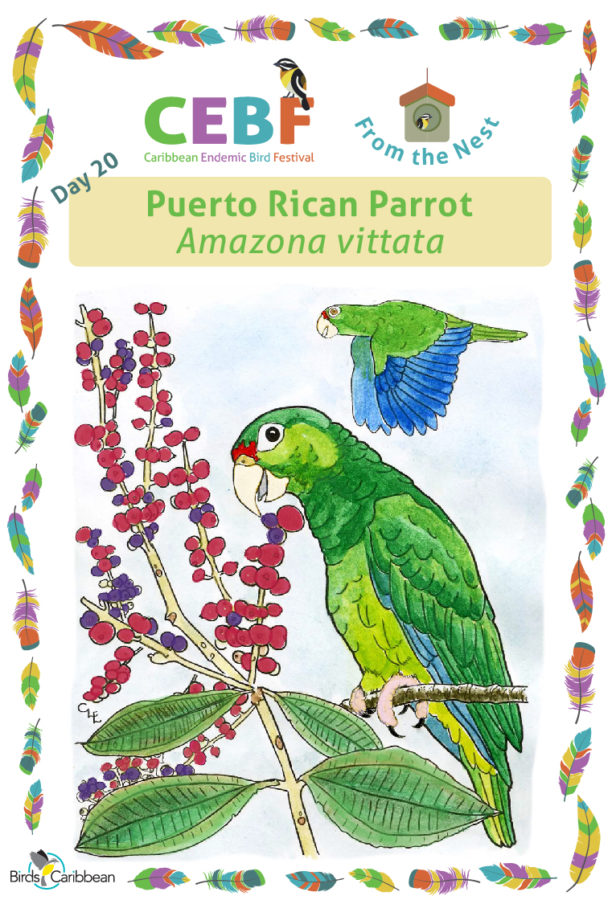
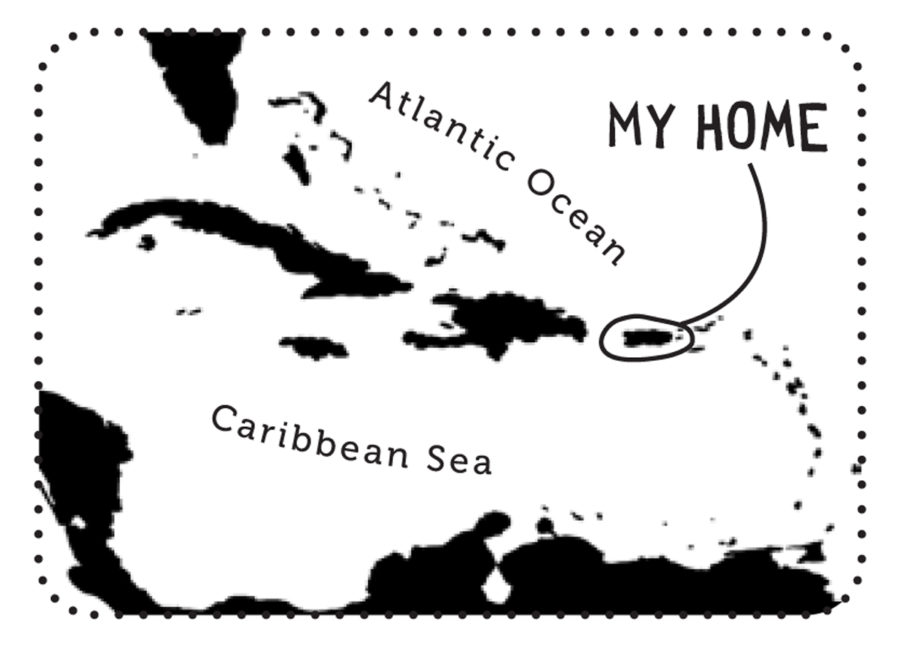
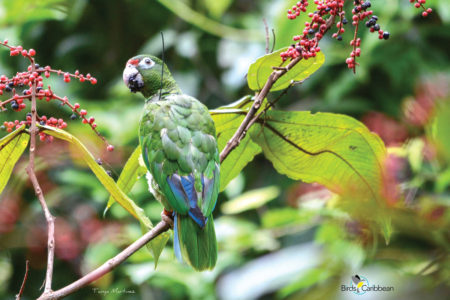
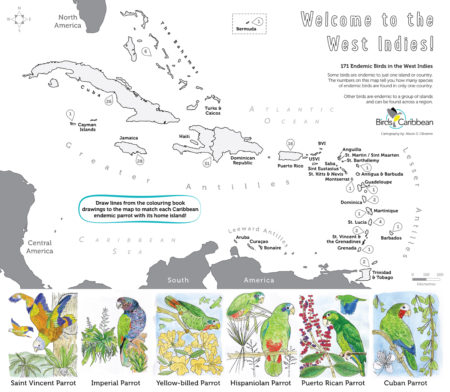
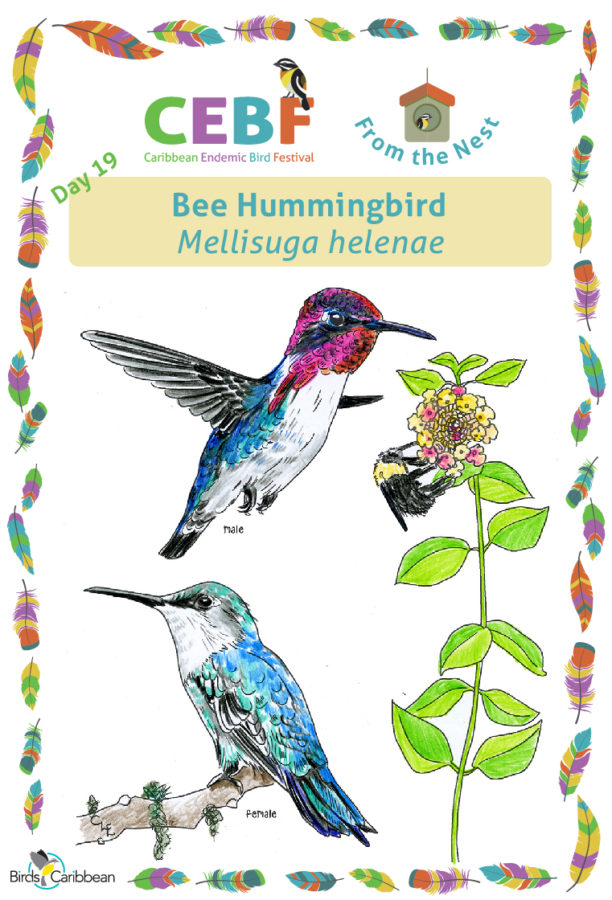
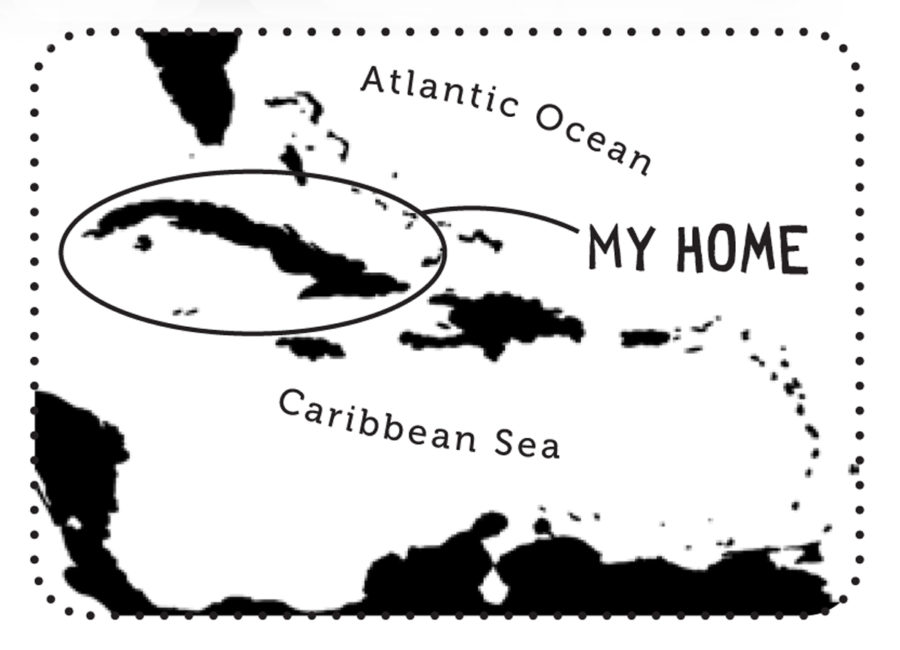
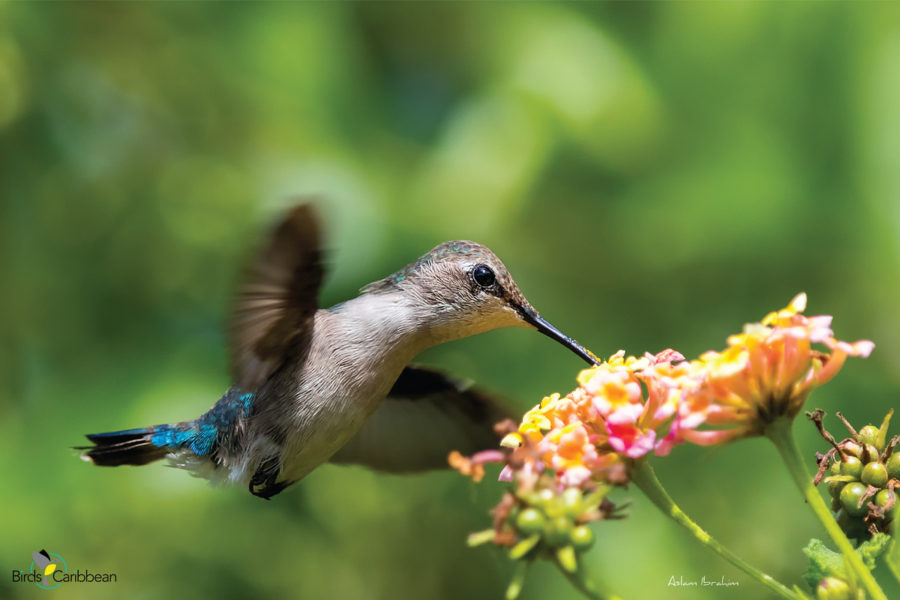
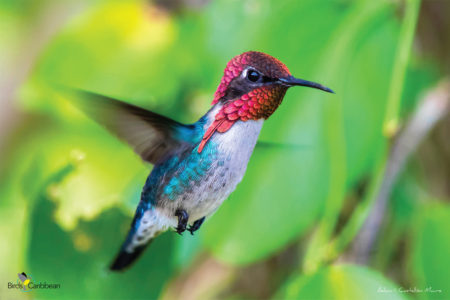
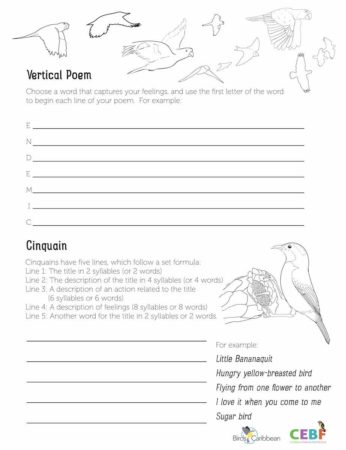
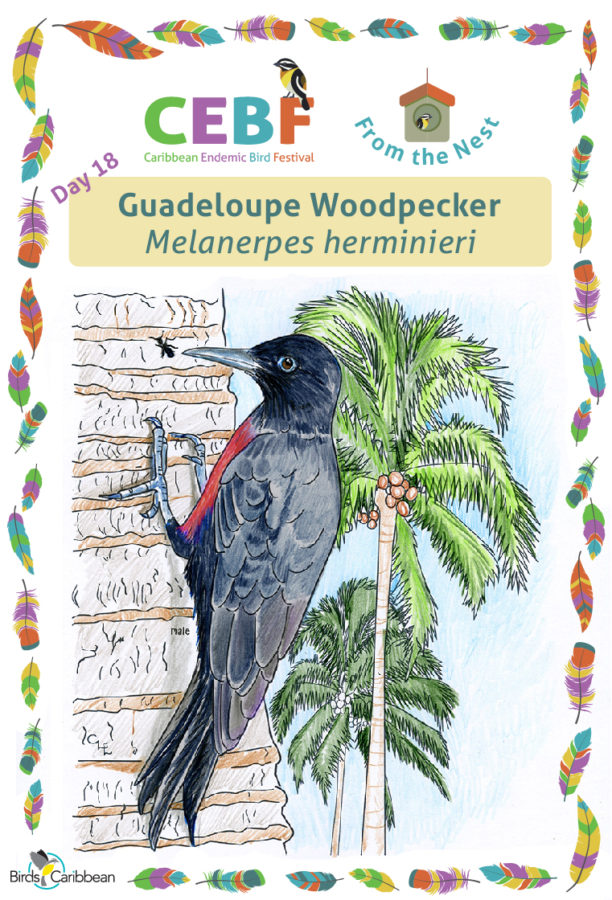
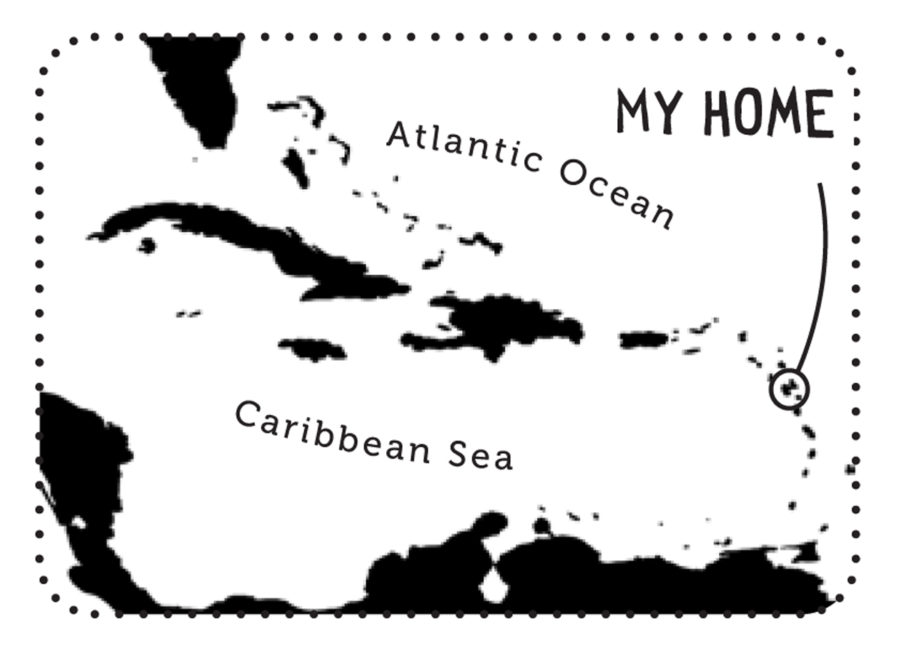
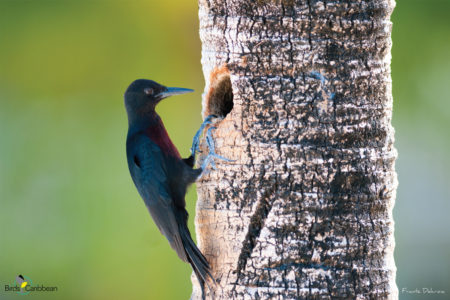
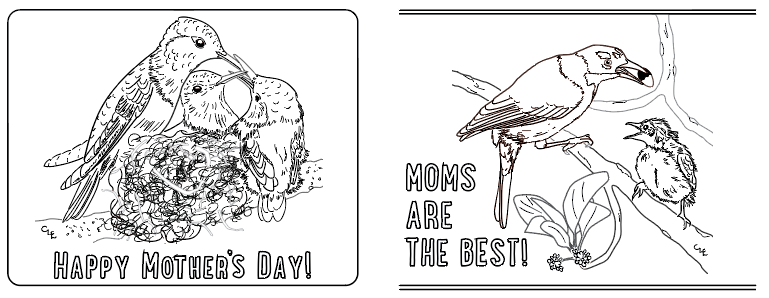
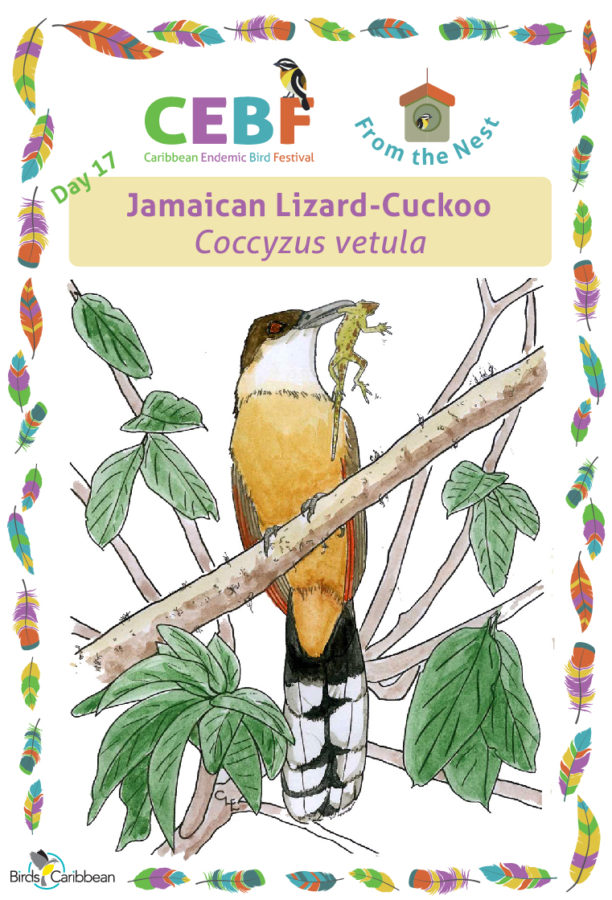
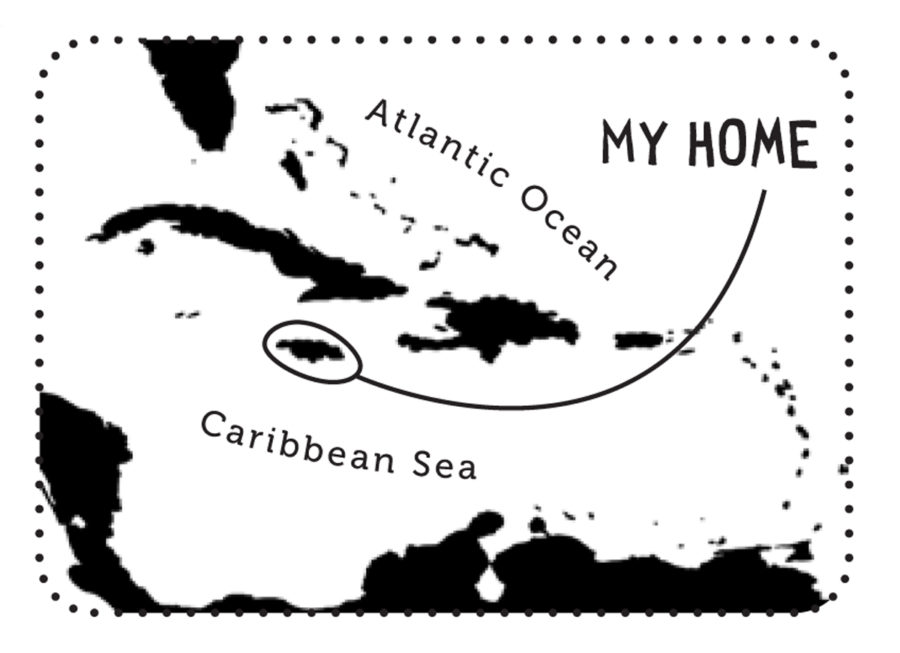
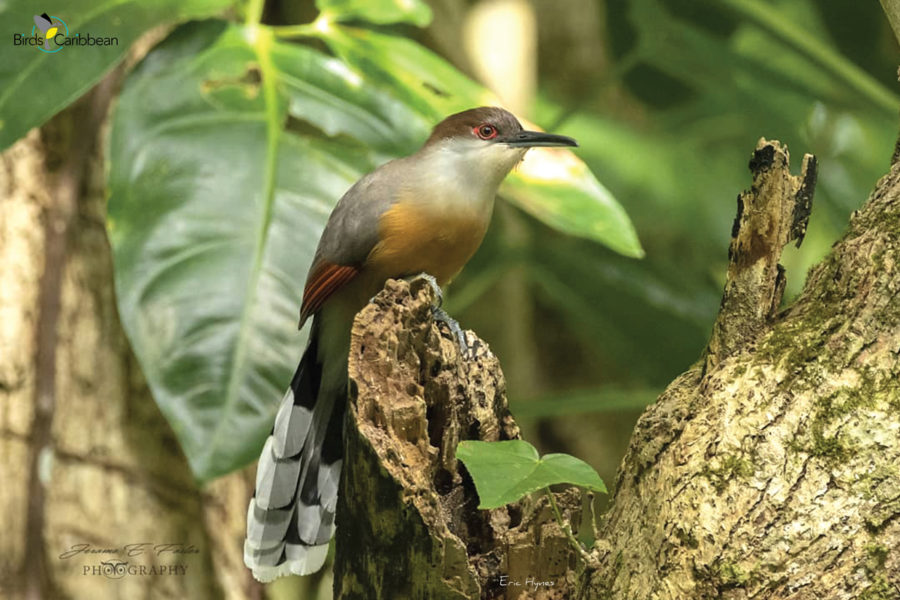
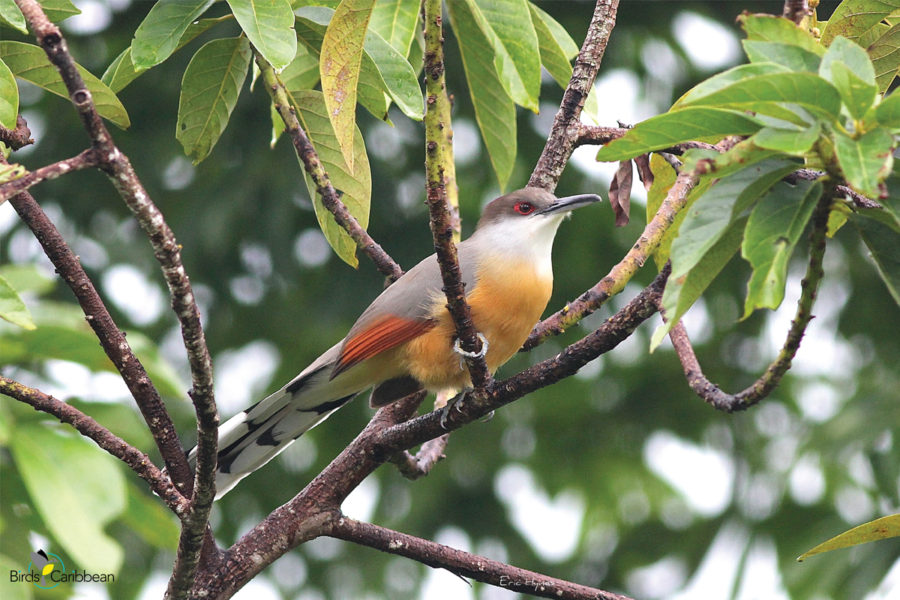
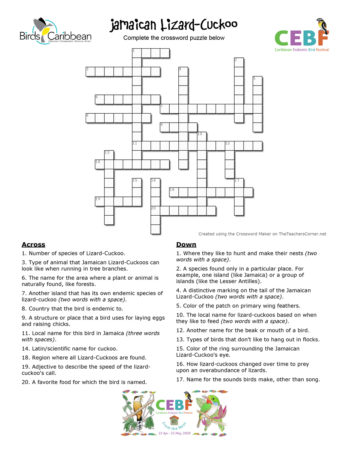 Complete our
Complete our 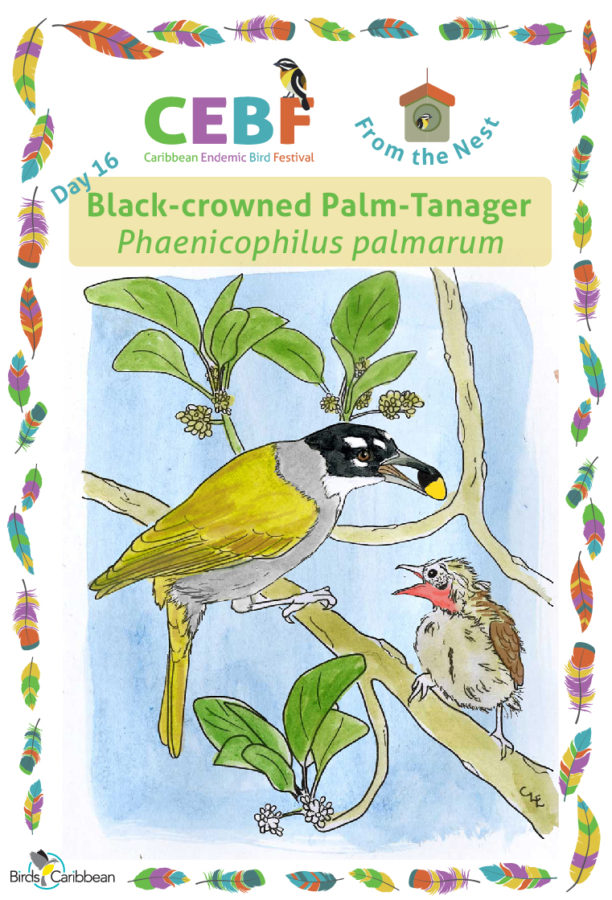
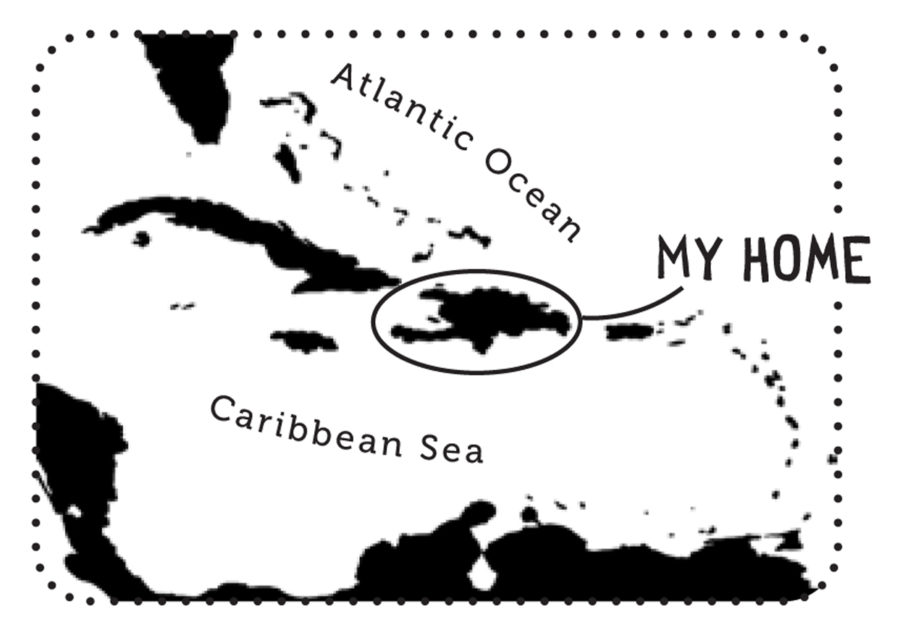
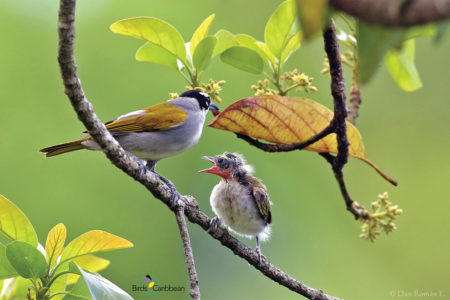
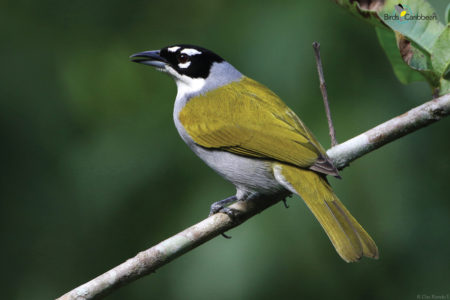
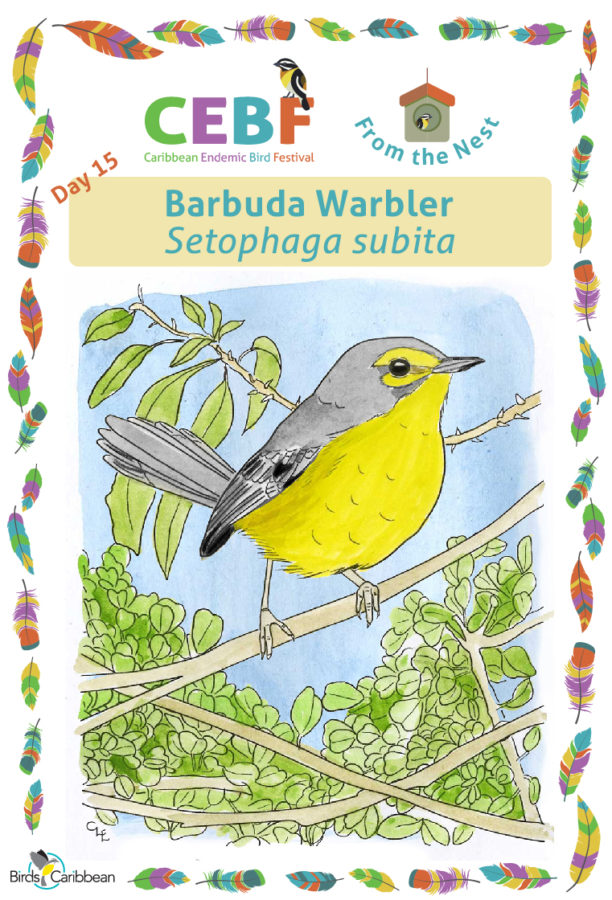
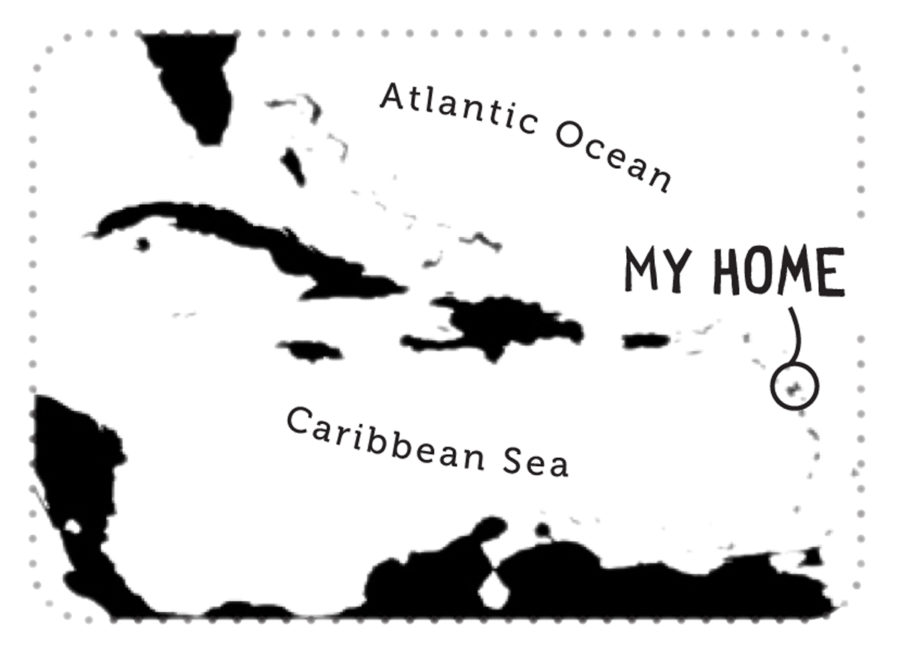
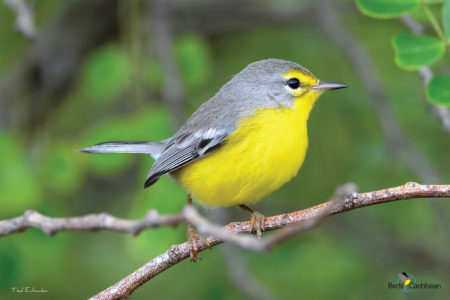
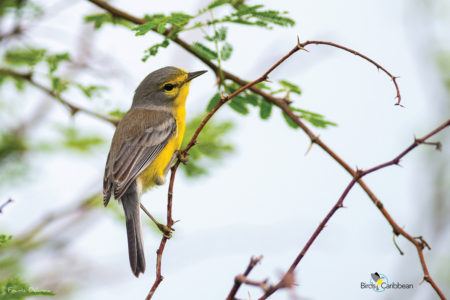
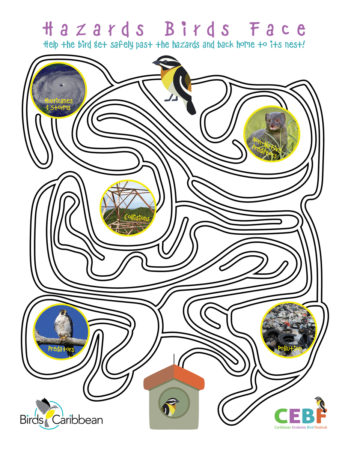
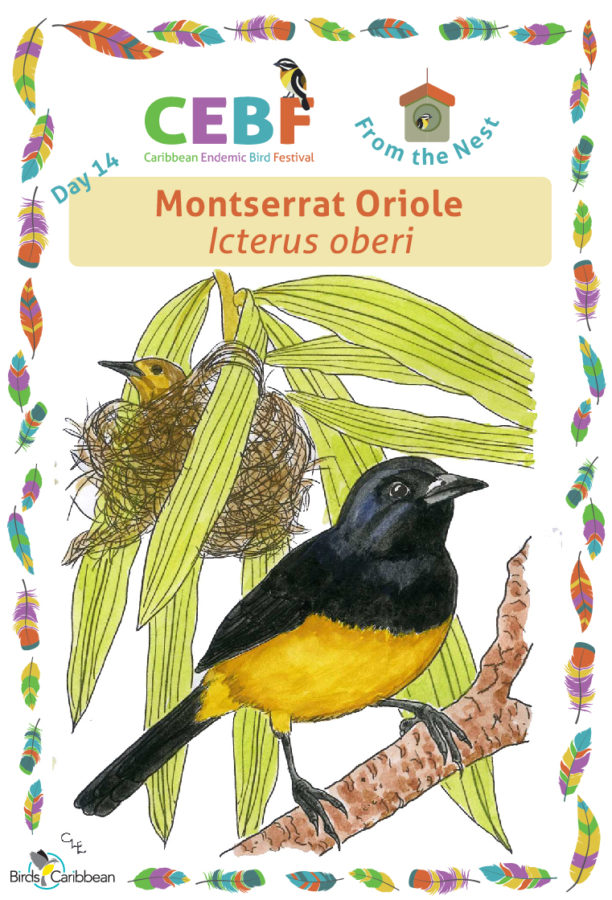
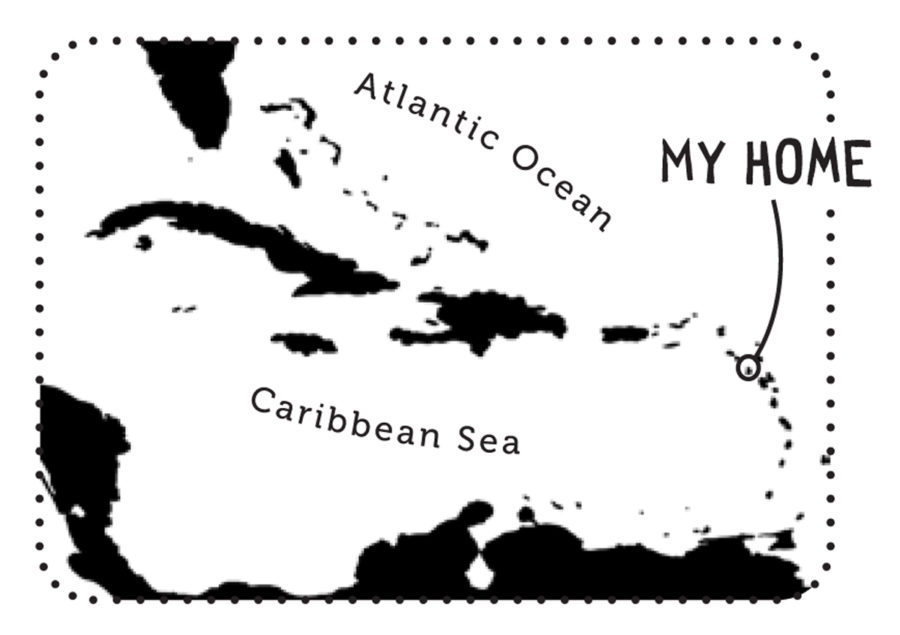
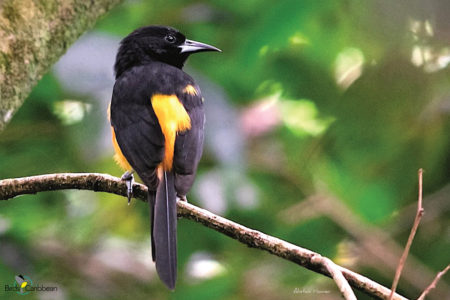
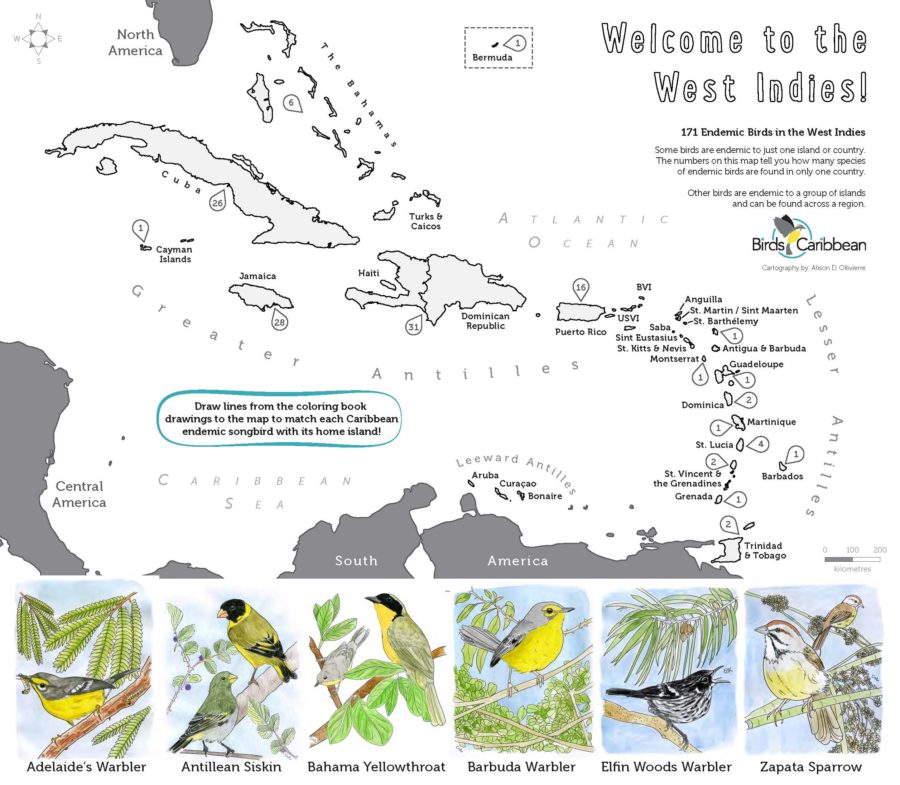
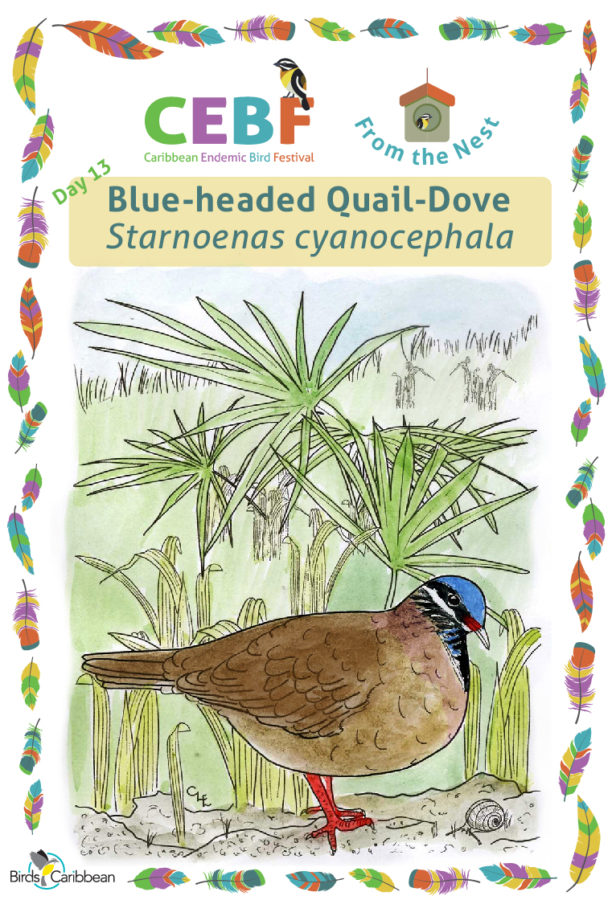
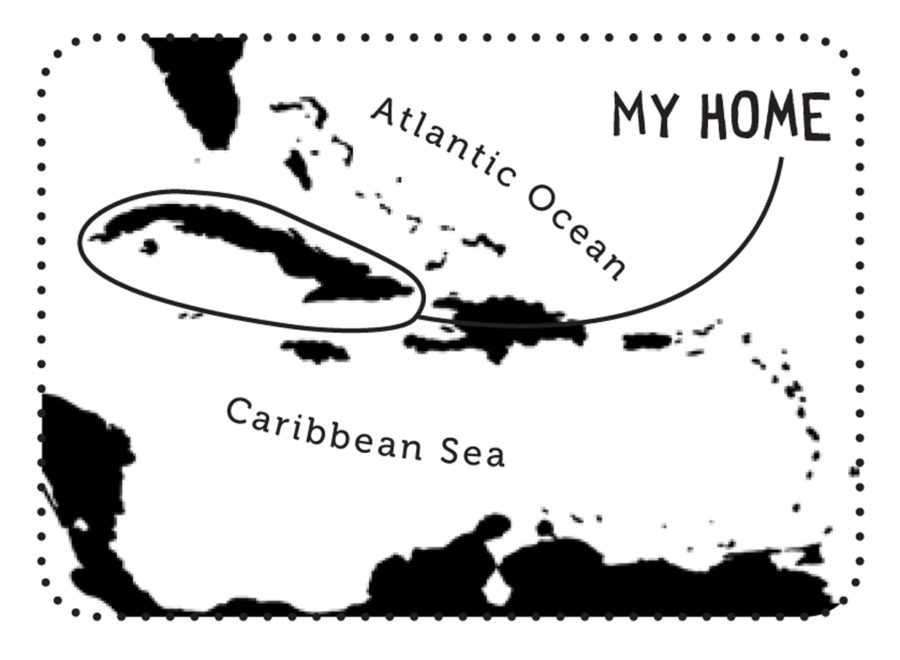
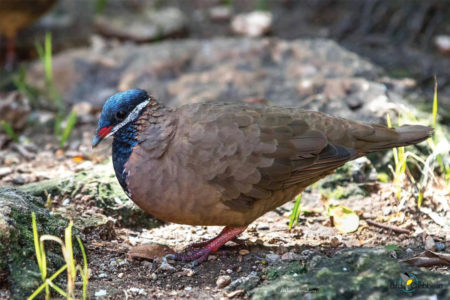
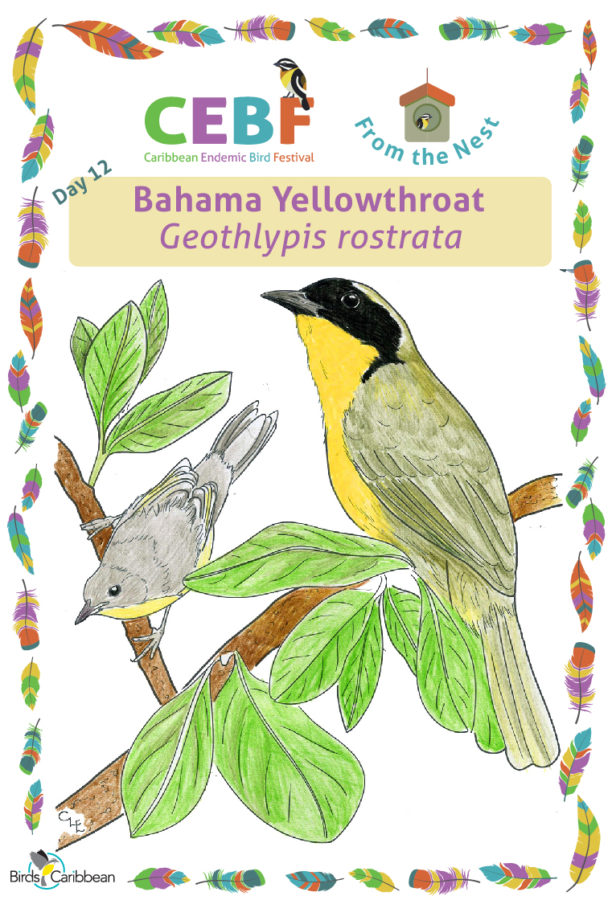
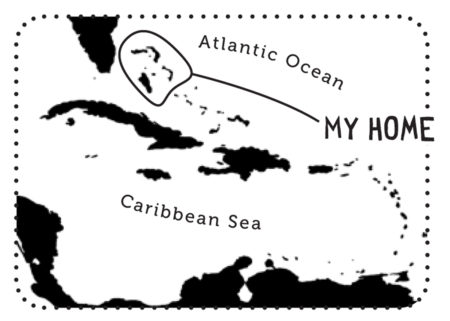
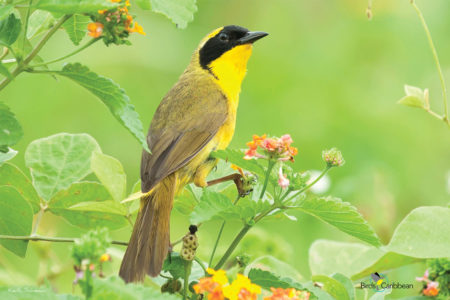
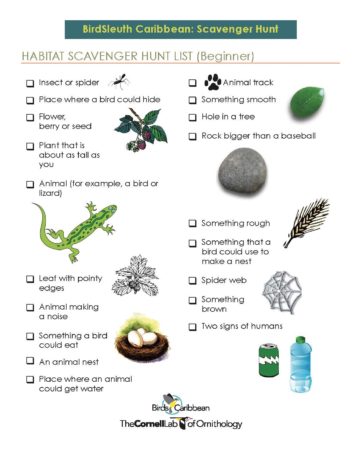
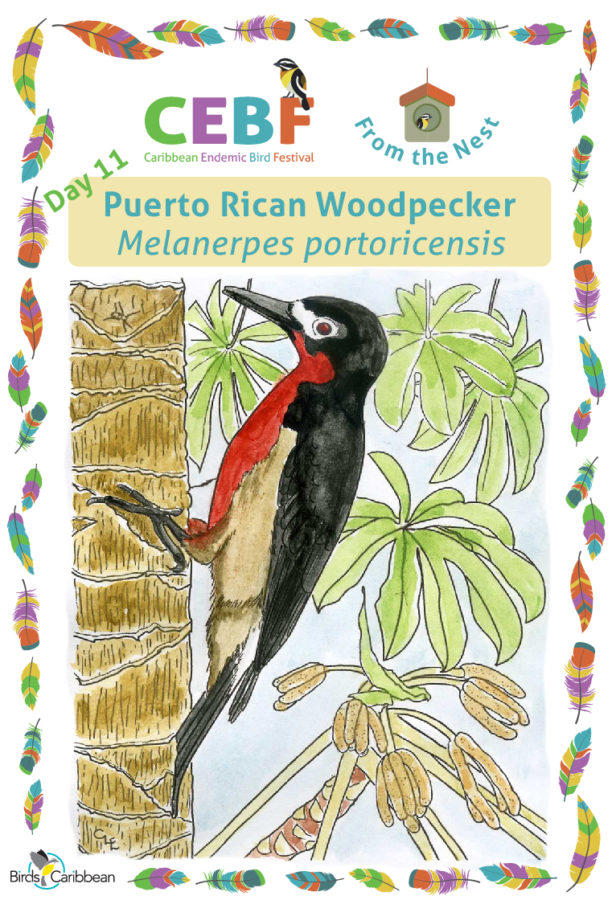
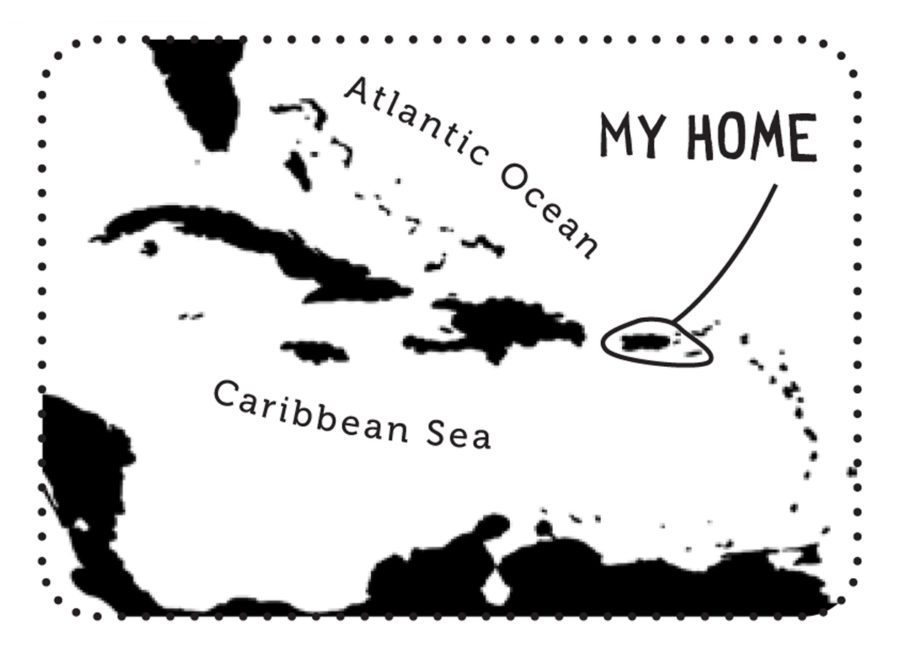
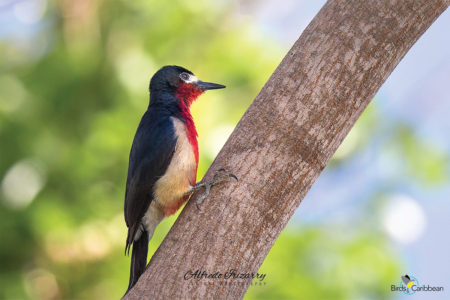
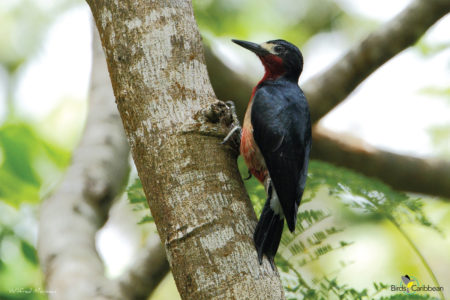
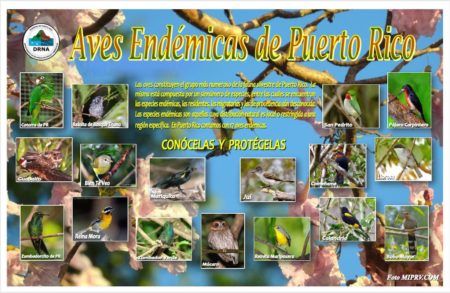
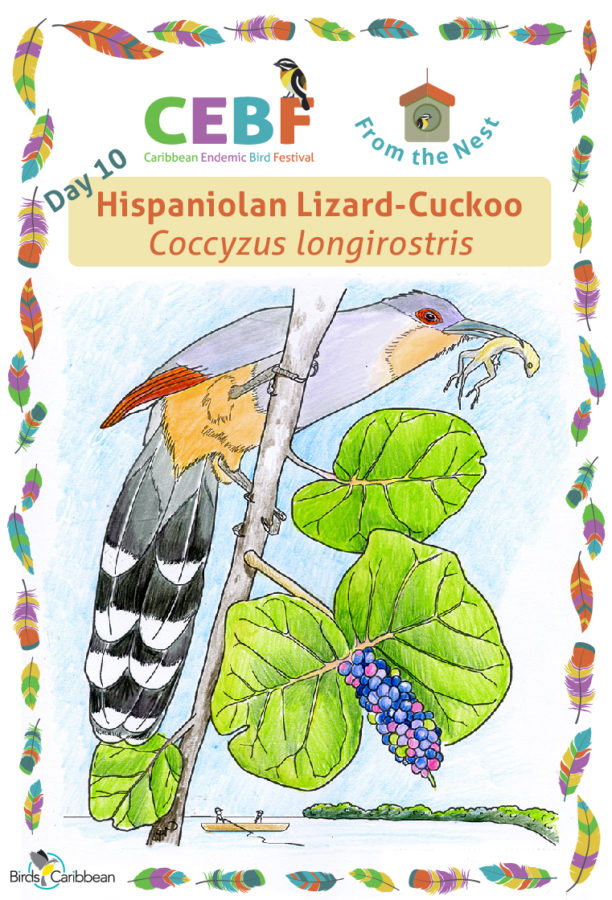
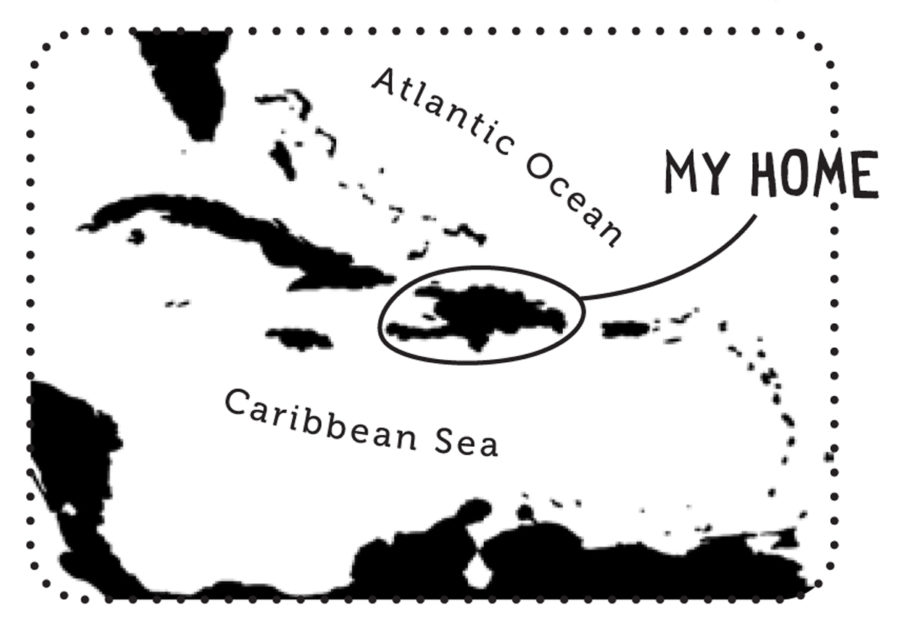 The Hispaniolan Lizard-Cuckoo is true to its common name: it is found nowhere else in the world but the island of Hispaniola, its diet includes lizards (as well as many different insects), and it belongs to the Cuculidae family. On the Dominican side of the island, this cuckoo is known as Pájaro Bobo (“Silly Bird”), while on the Haitian side it goes by the name, Tako.
The Hispaniolan Lizard-Cuckoo is true to its common name: it is found nowhere else in the world but the island of Hispaniola, its diet includes lizards (as well as many different insects), and it belongs to the Cuculidae family. On the Dominican side of the island, this cuckoo is known as Pájaro Bobo (“Silly Bird”), while on the Haitian side it goes by the name, Tako. 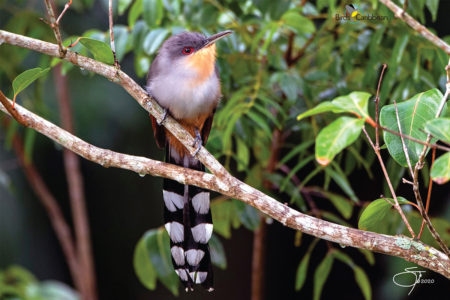
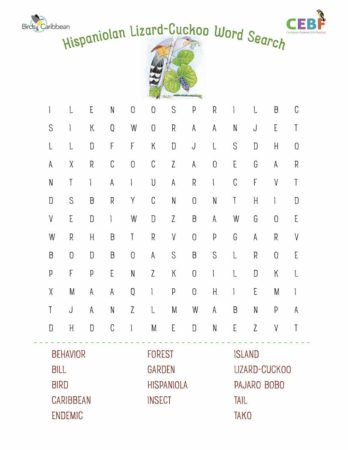
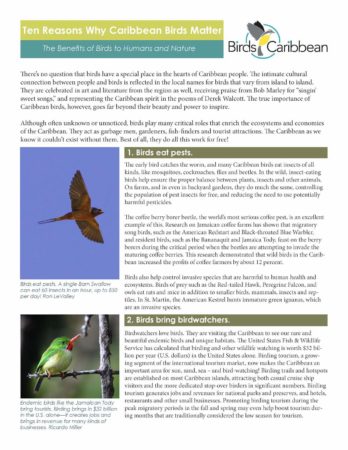
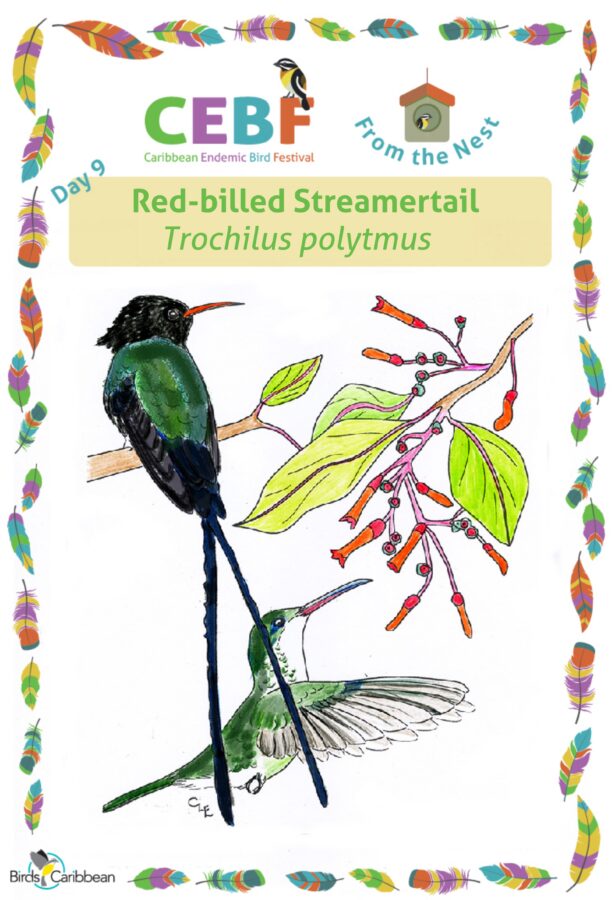
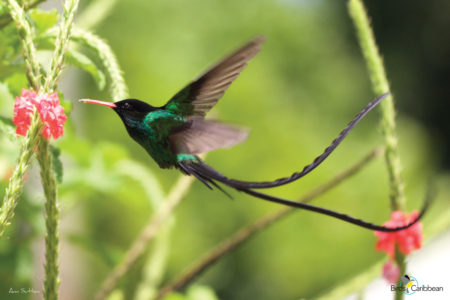
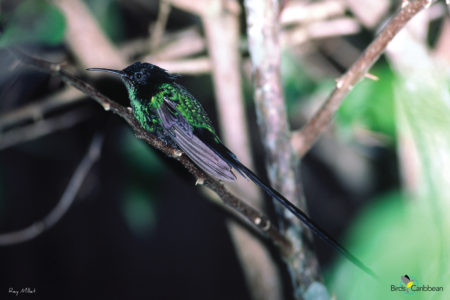
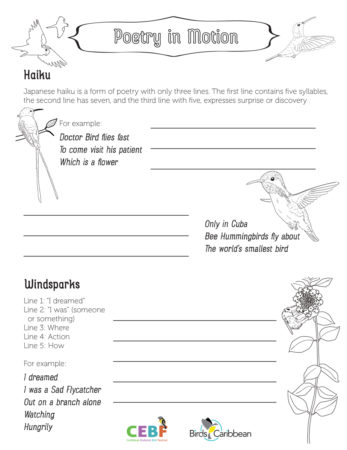
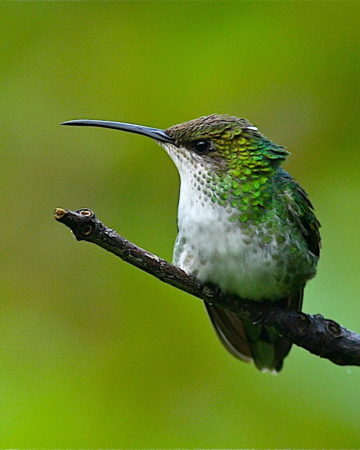
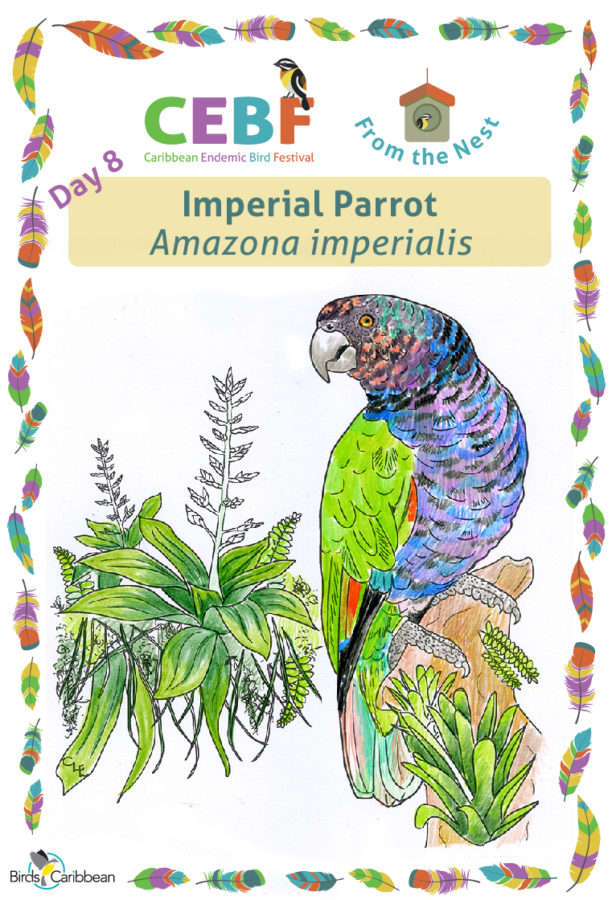
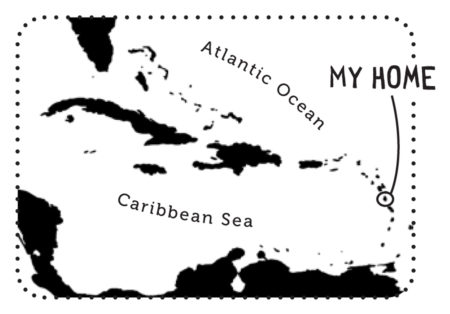
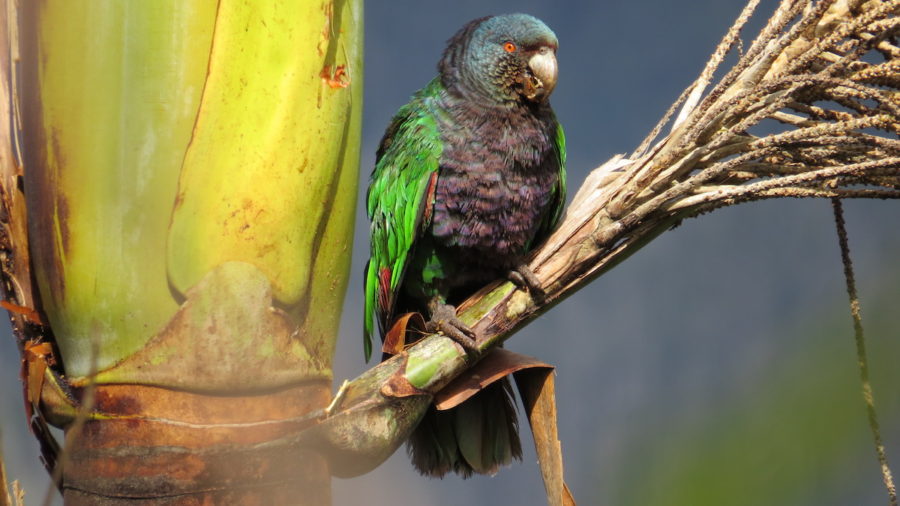
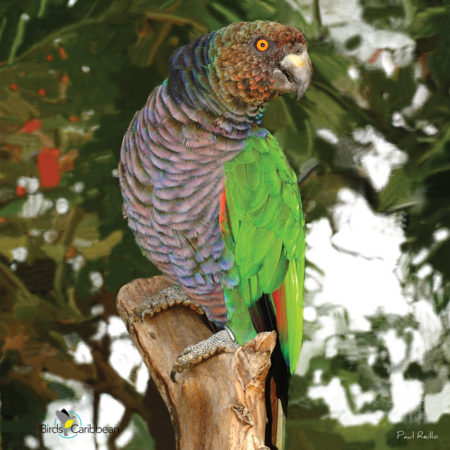
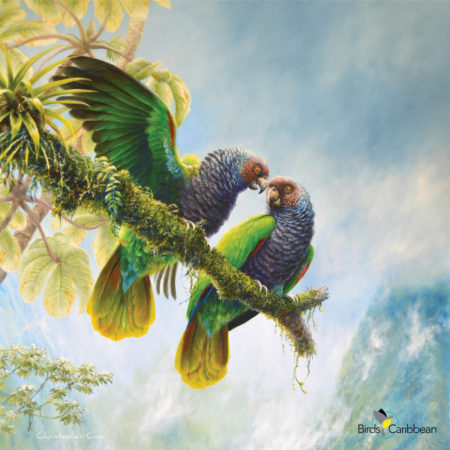
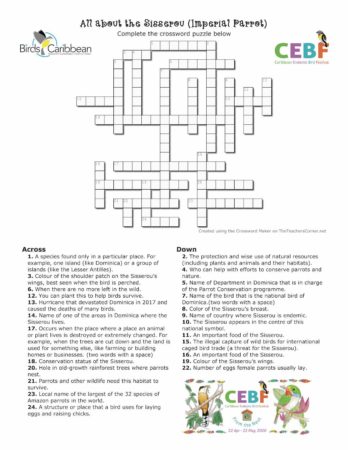
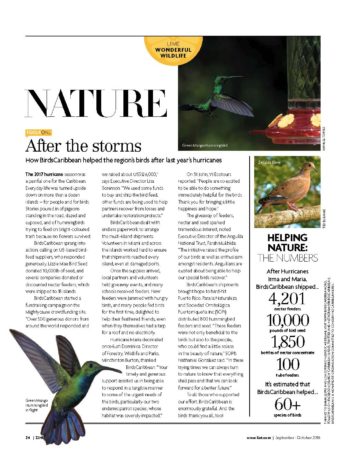
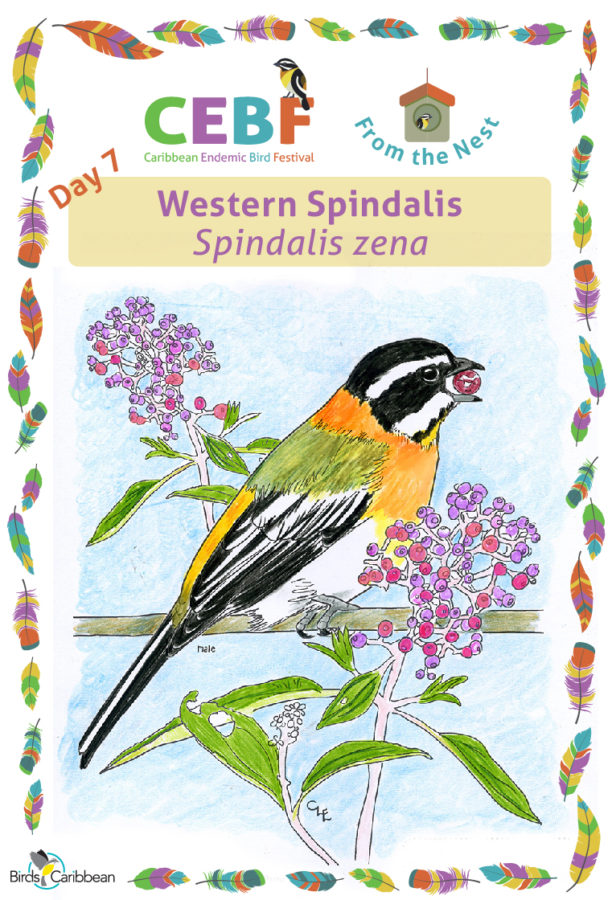
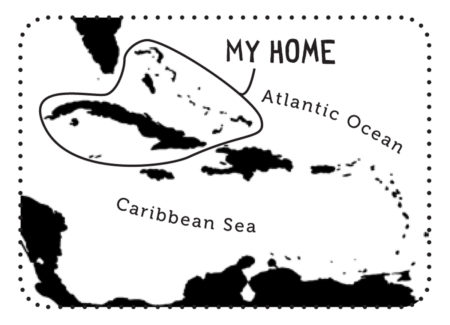
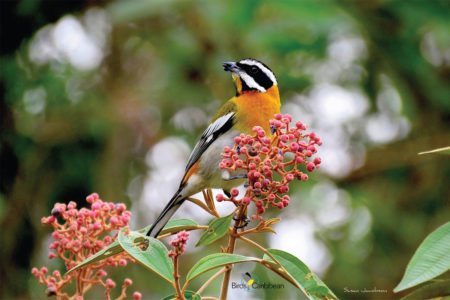
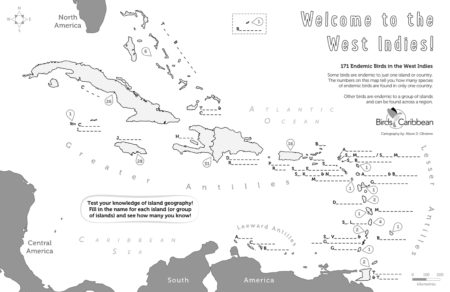
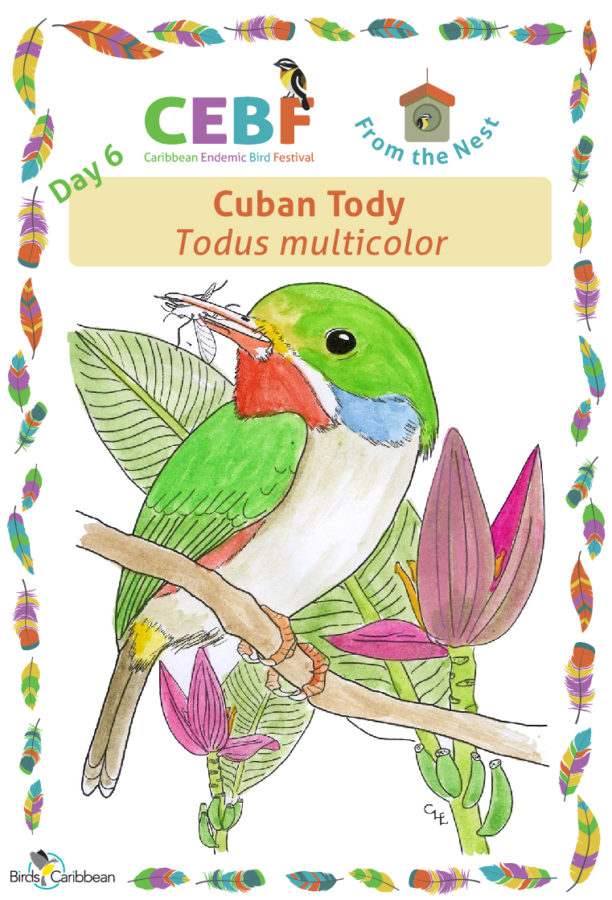
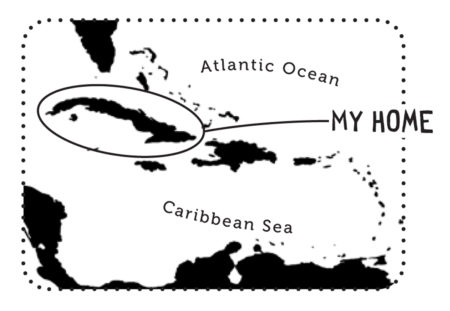
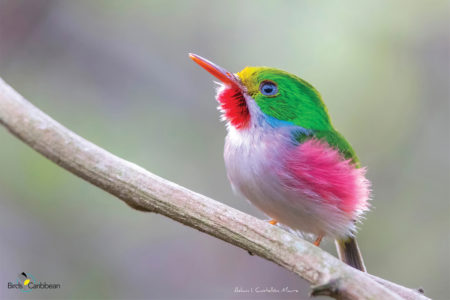
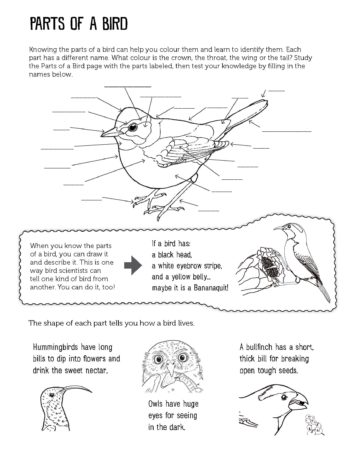
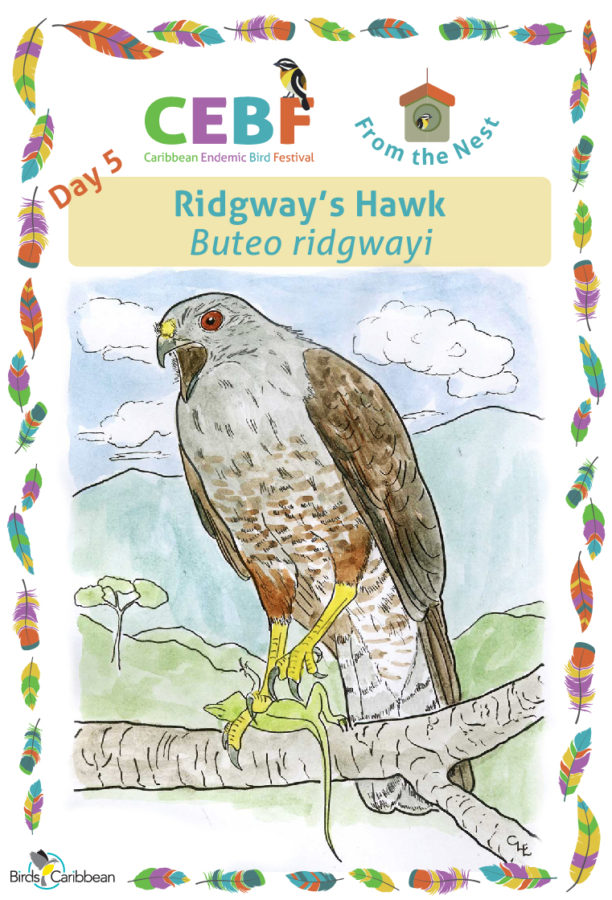
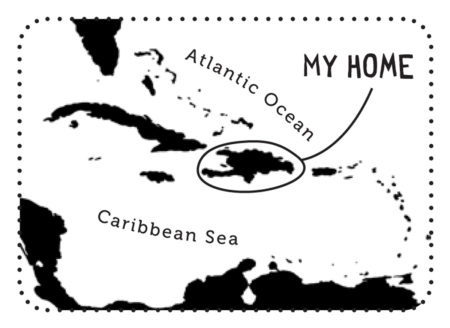
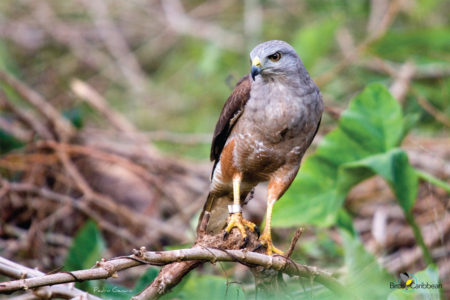
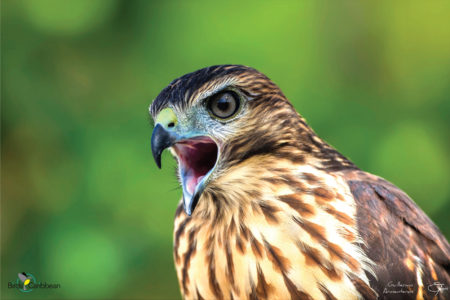
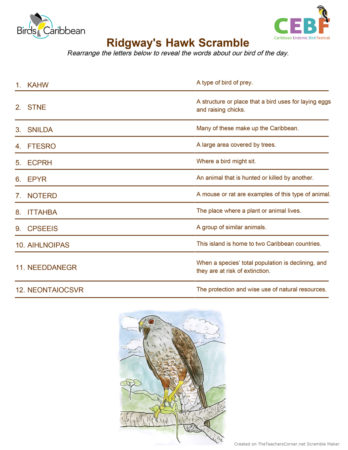 FOR KIDS: Complete our
FOR KIDS: Complete our 